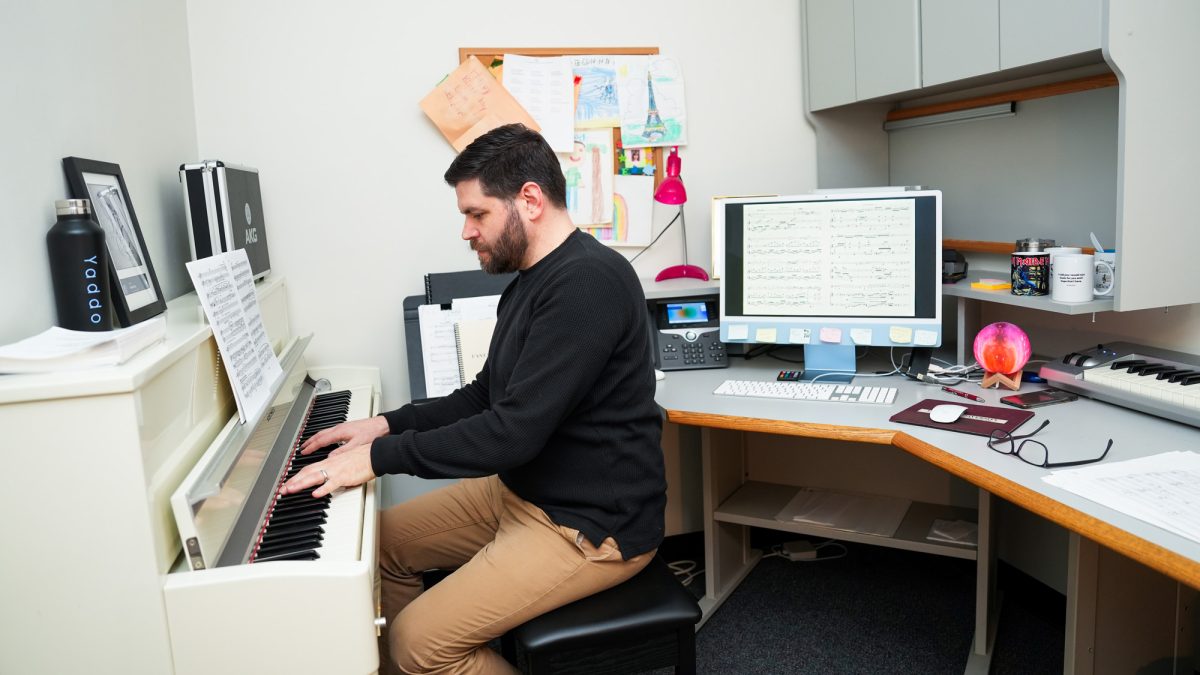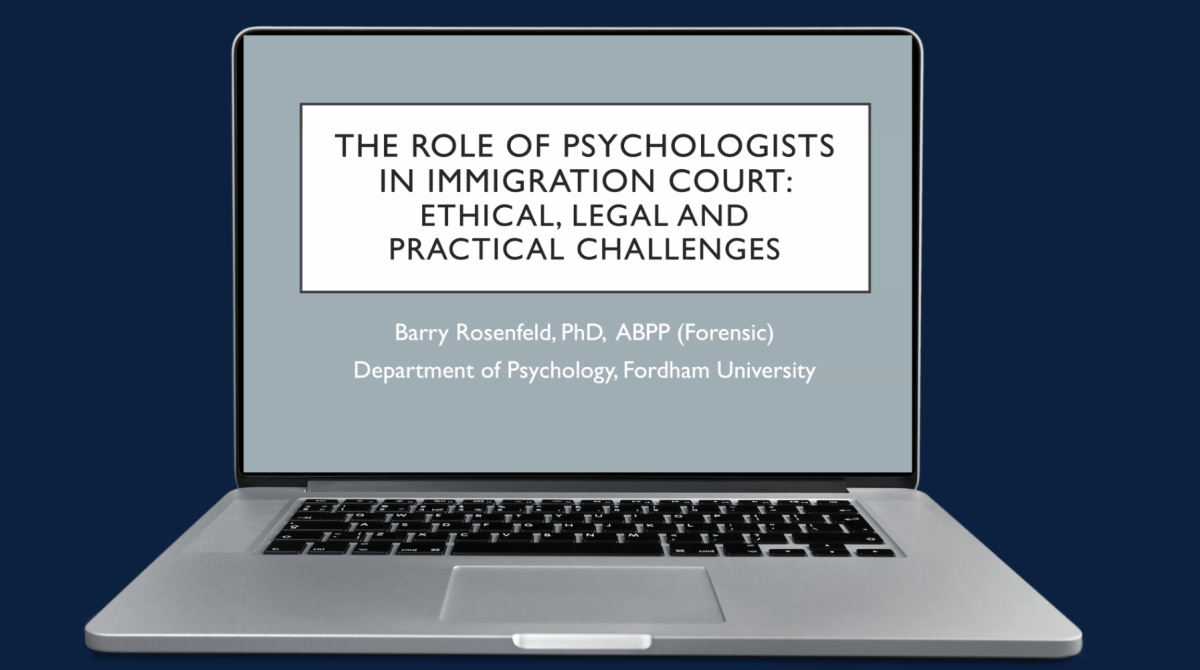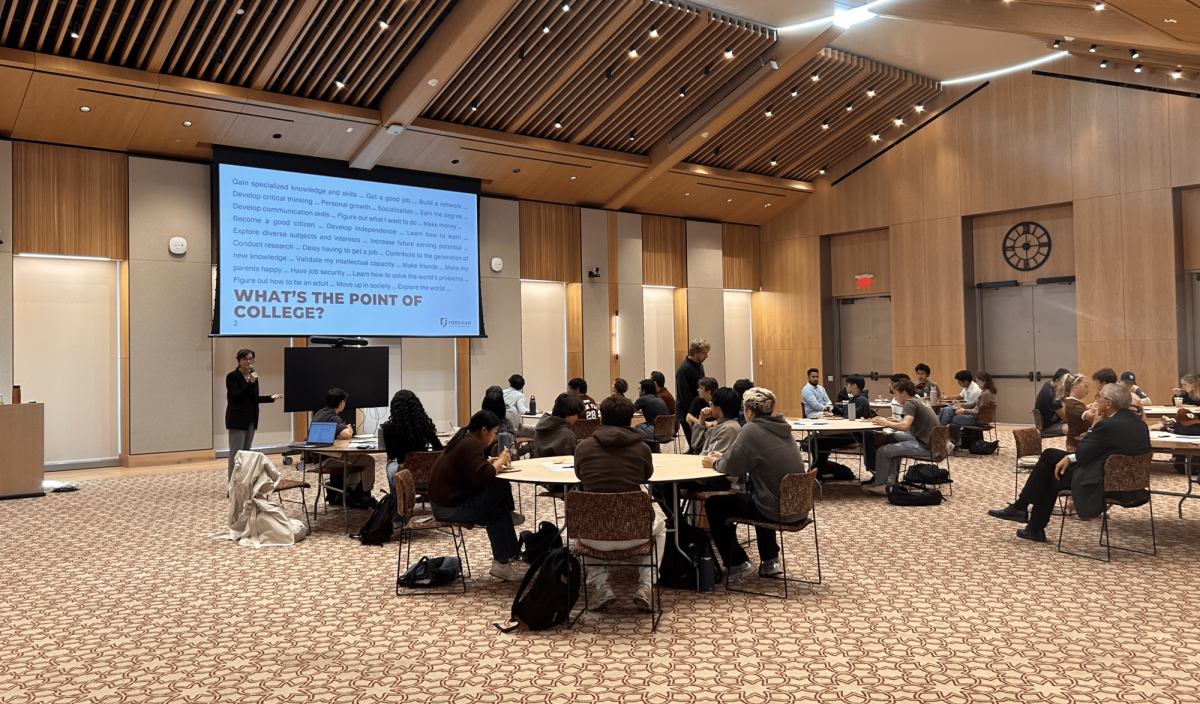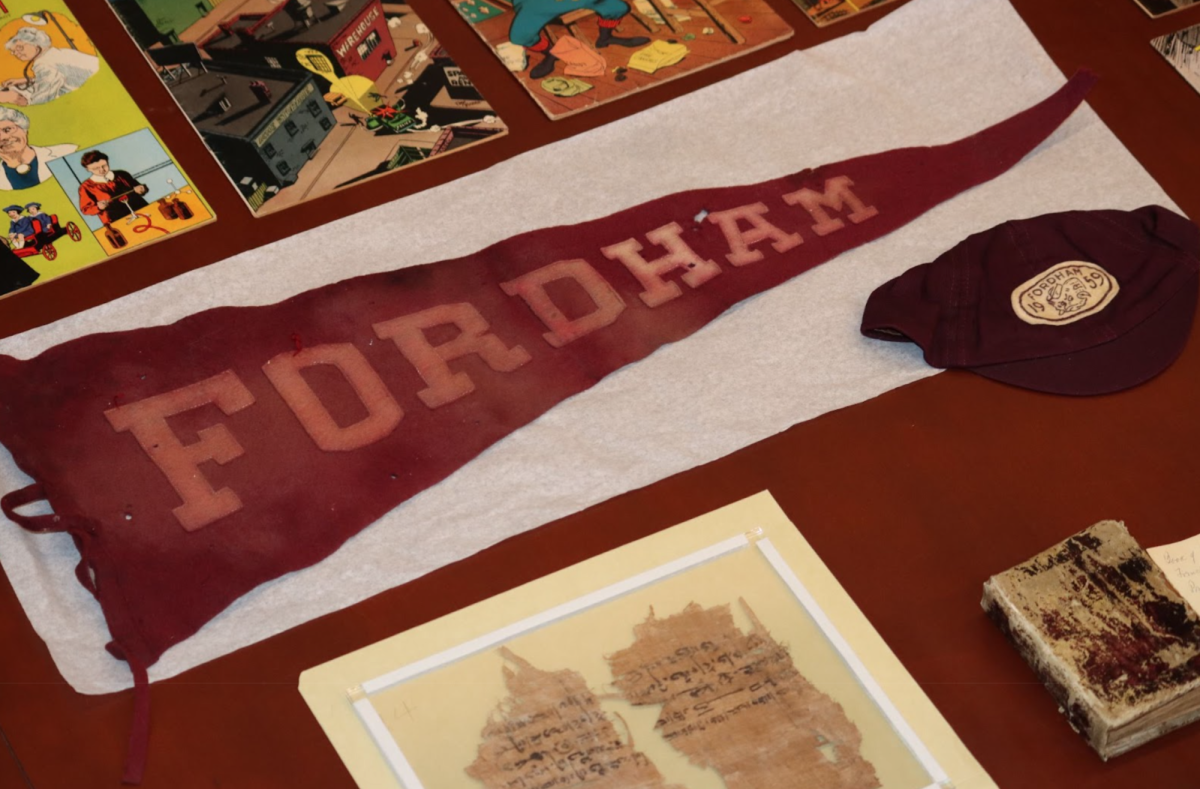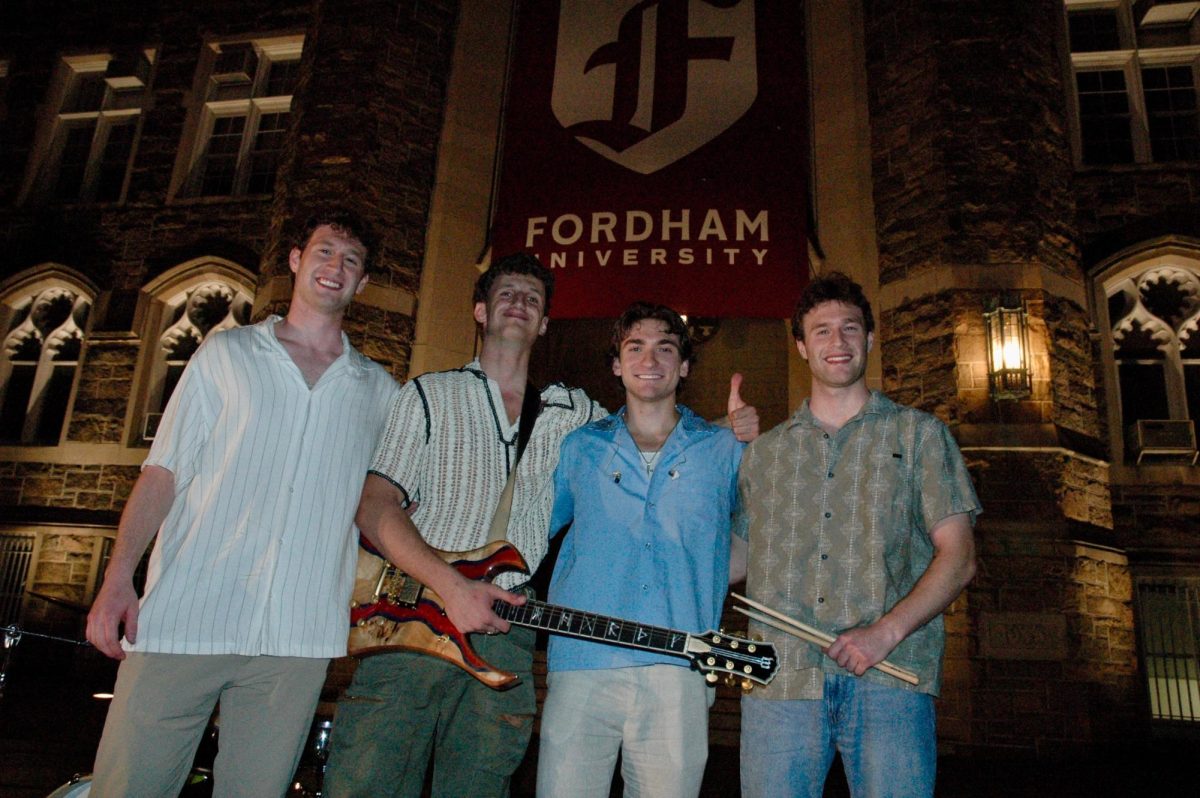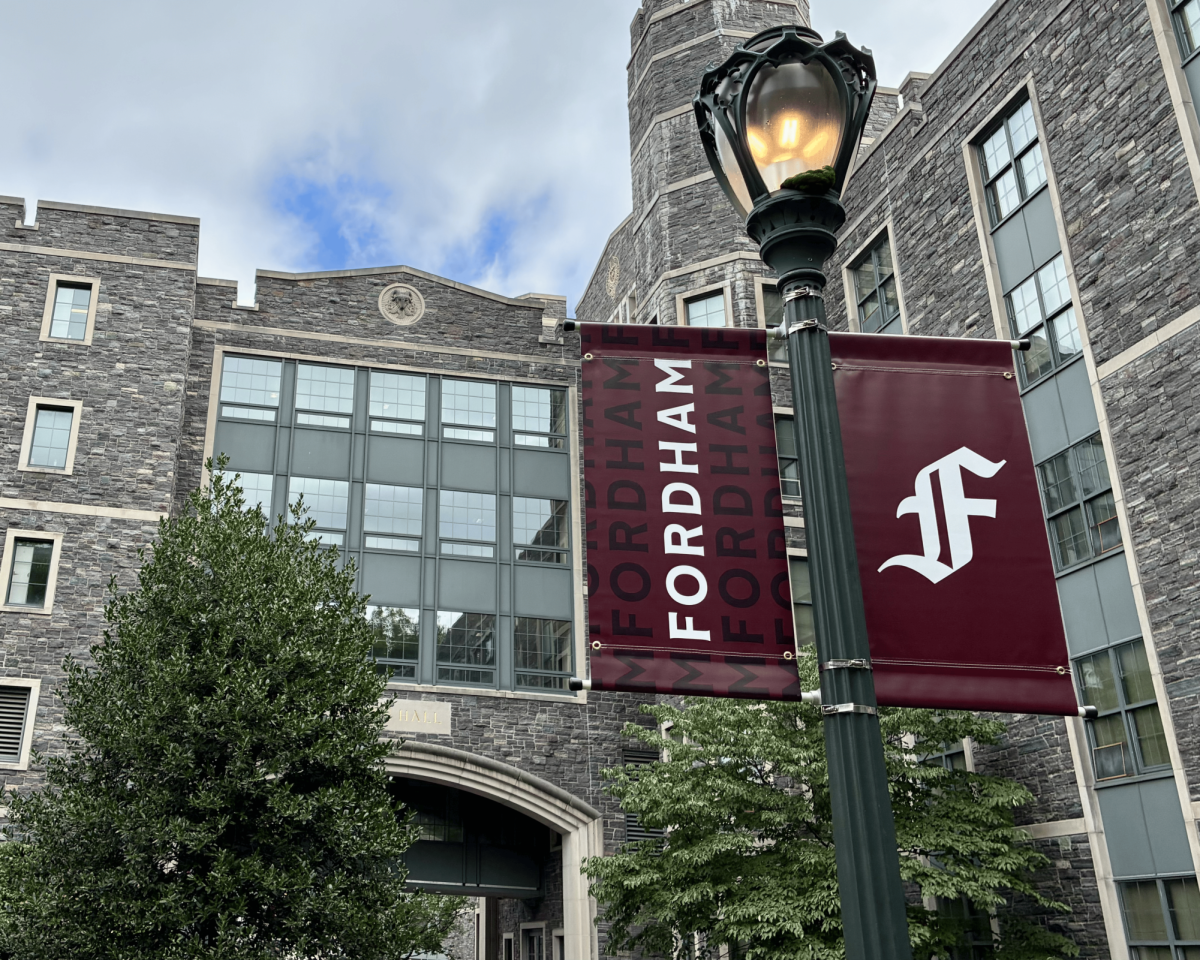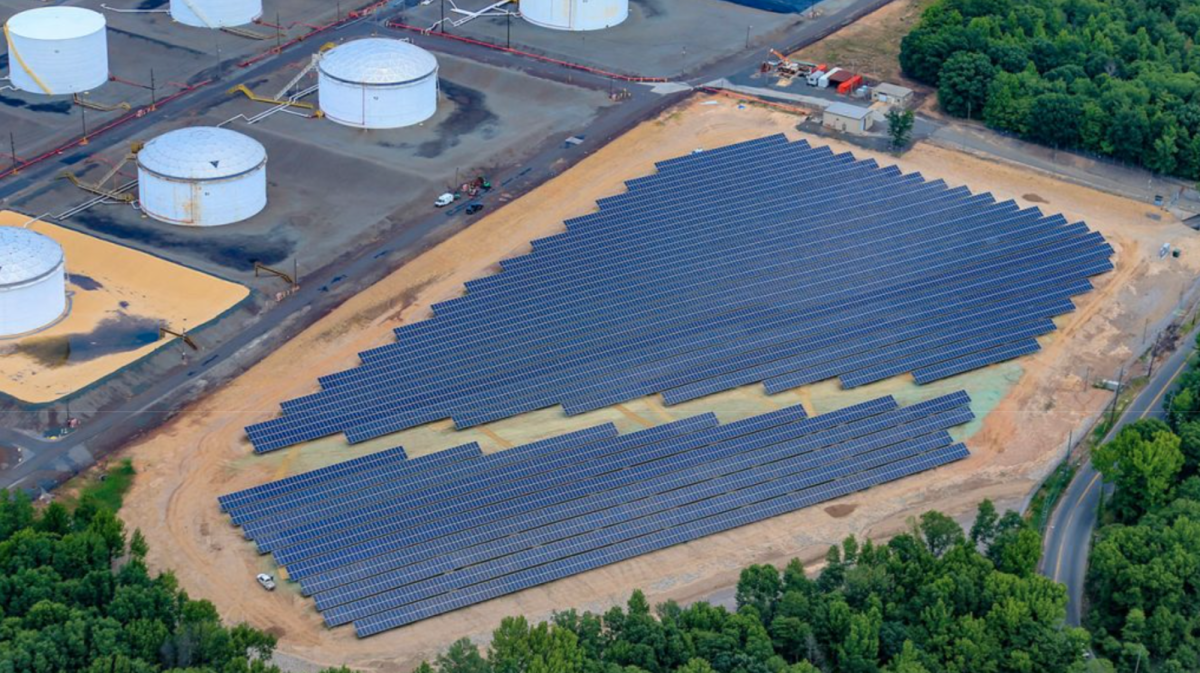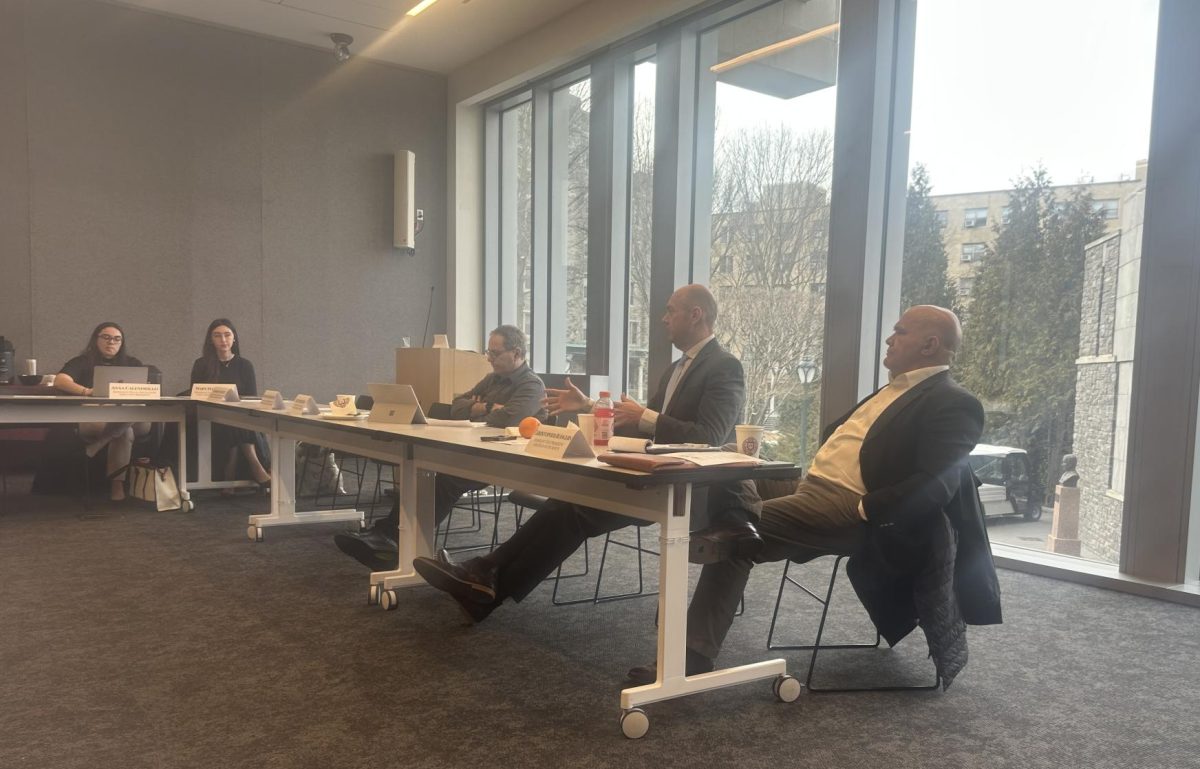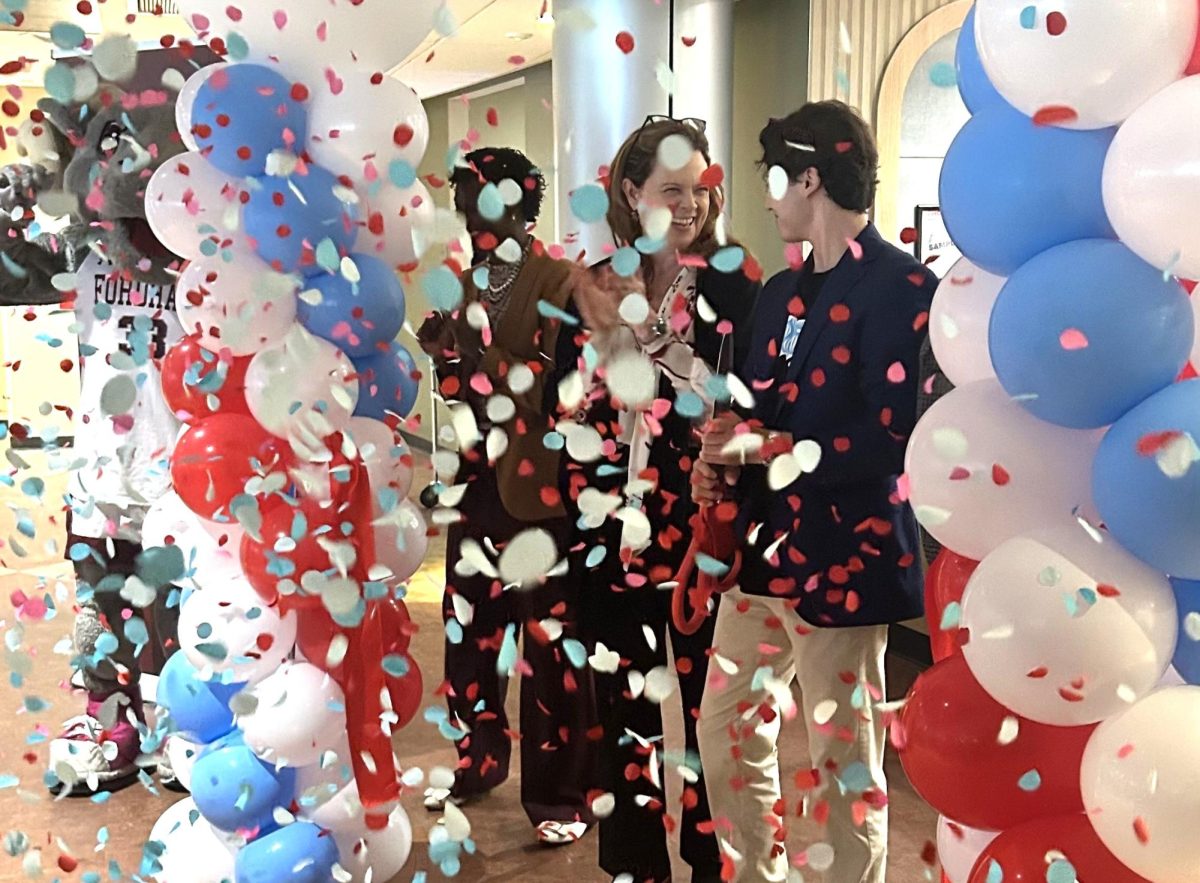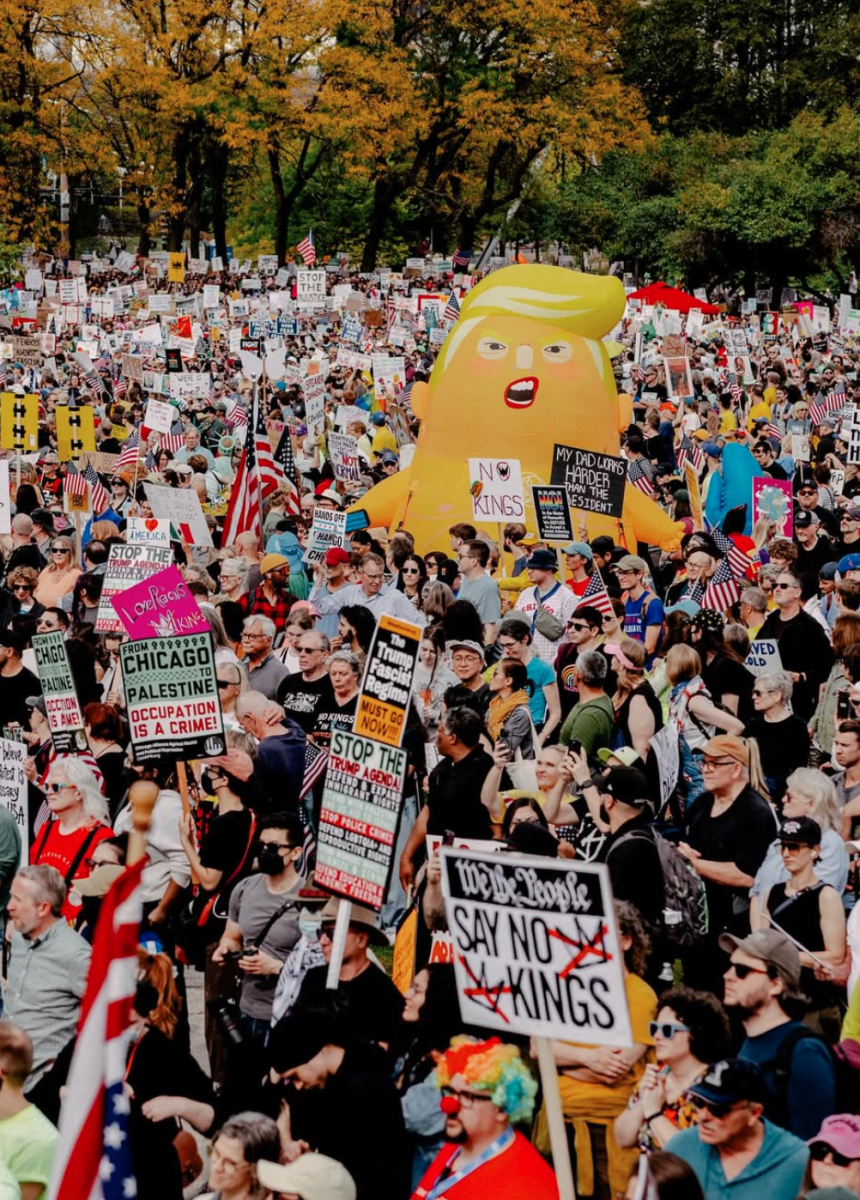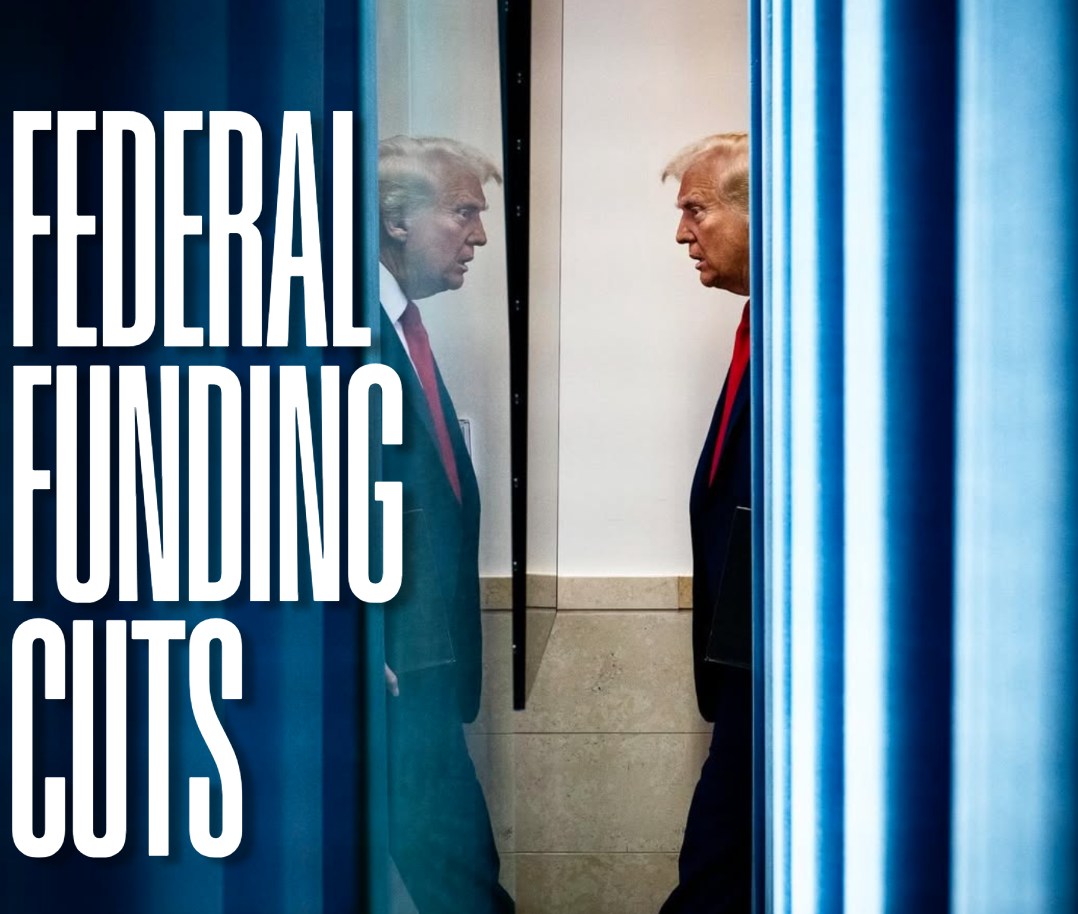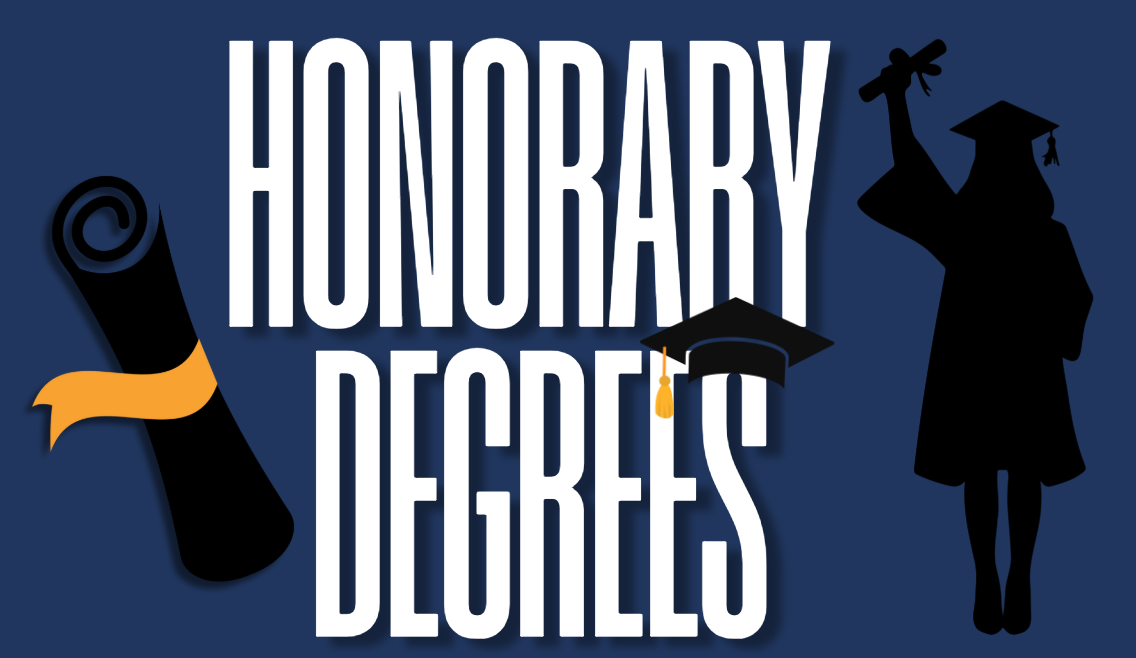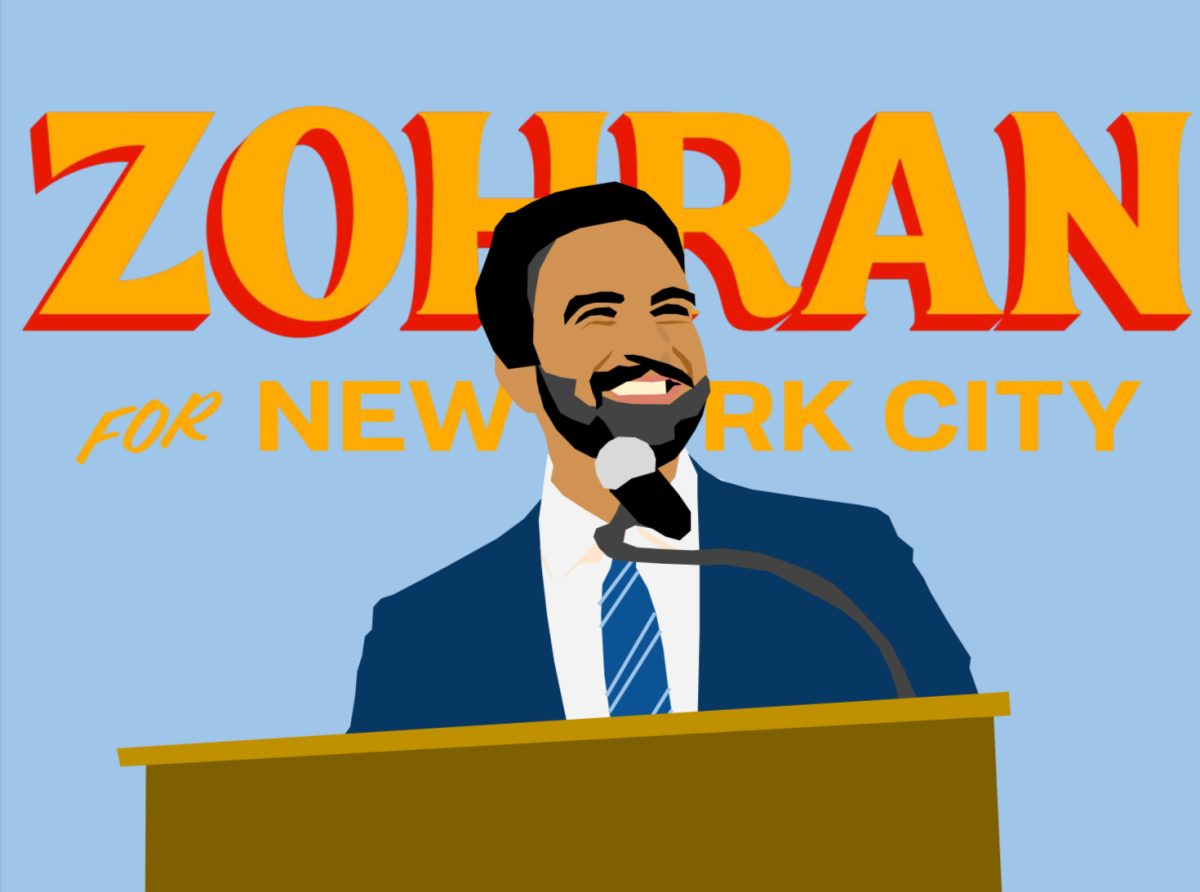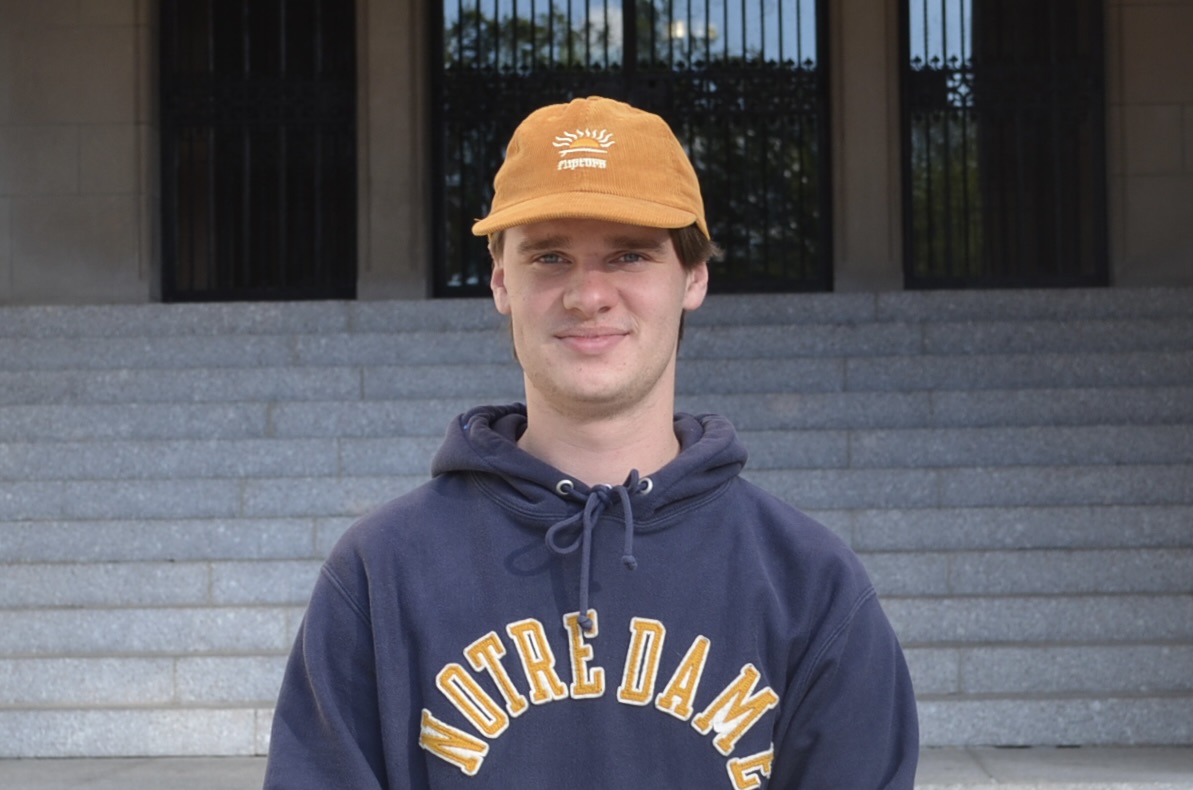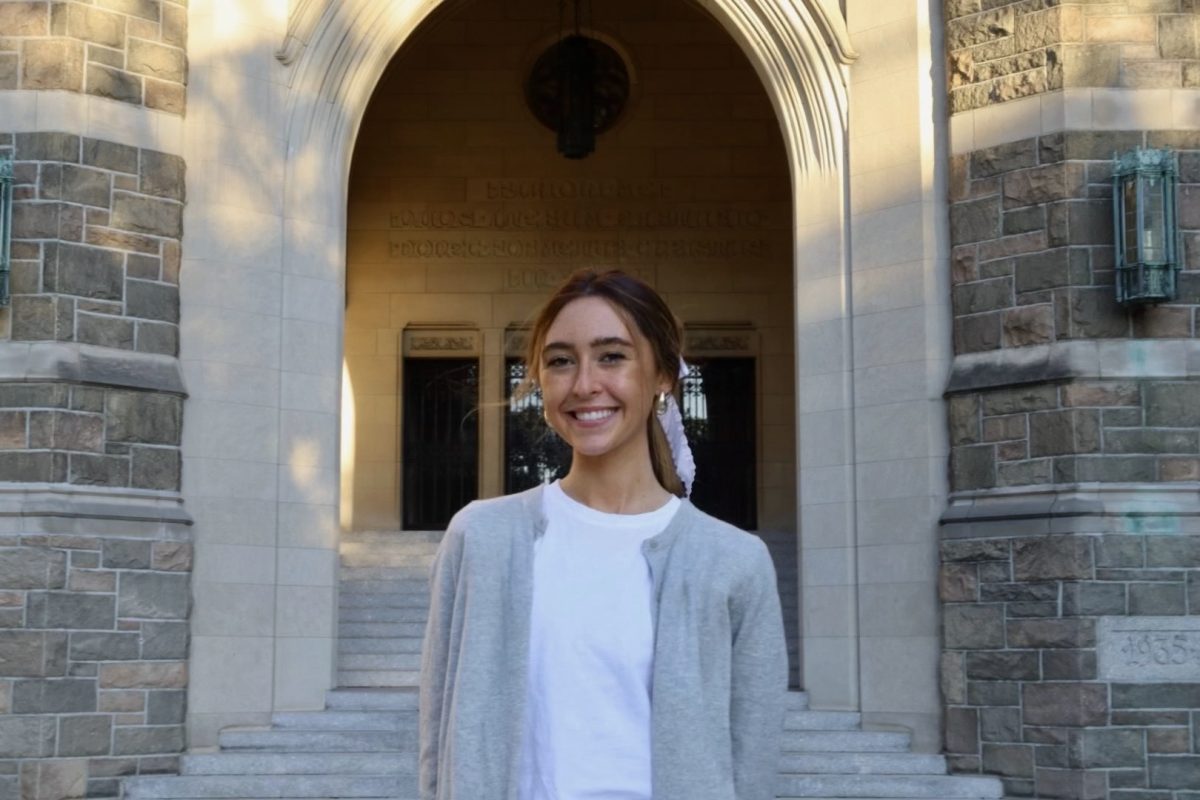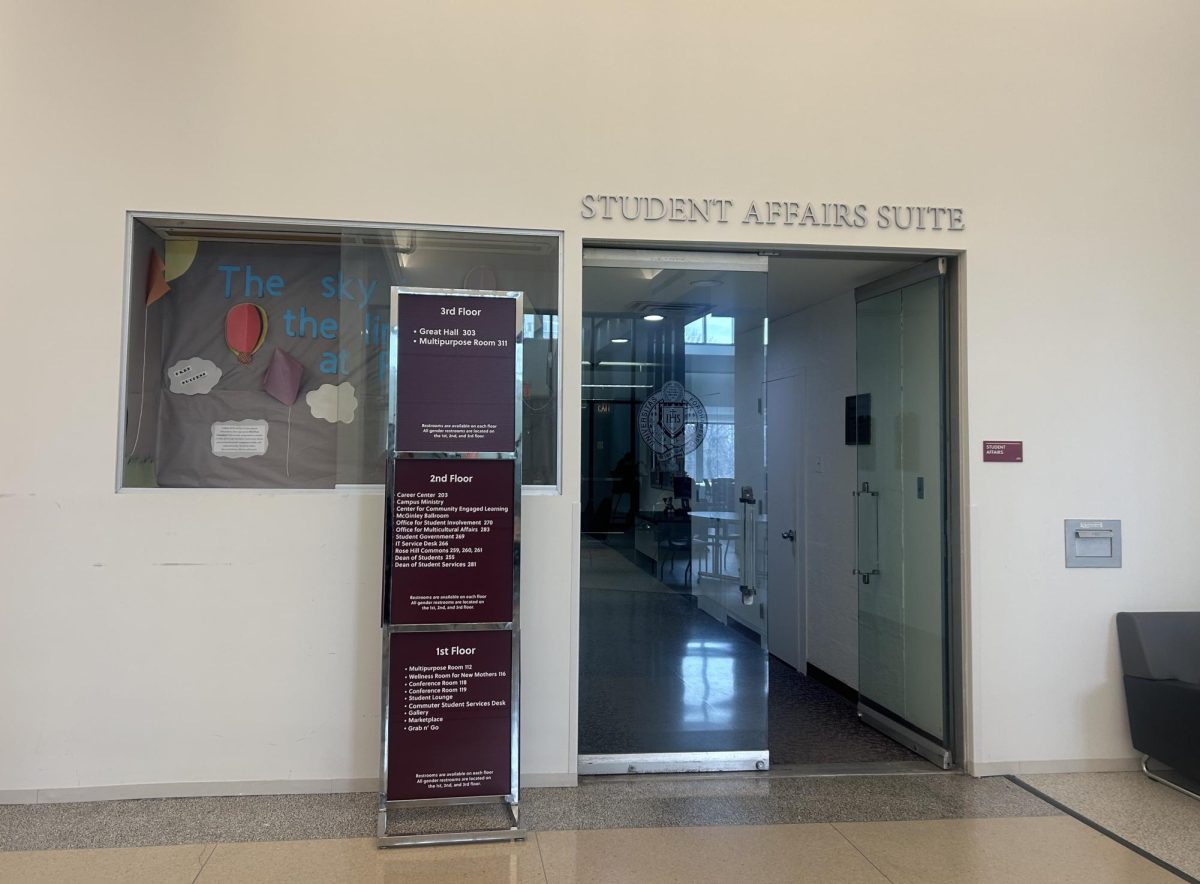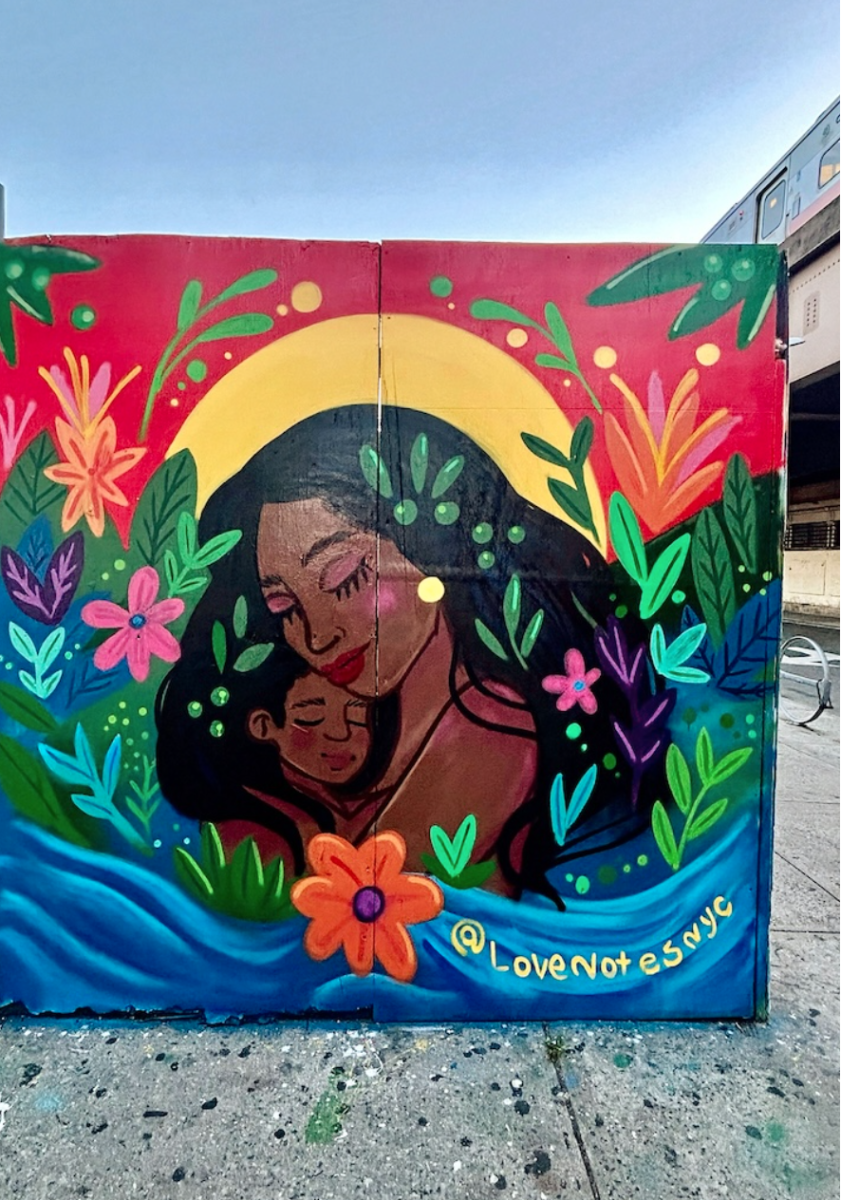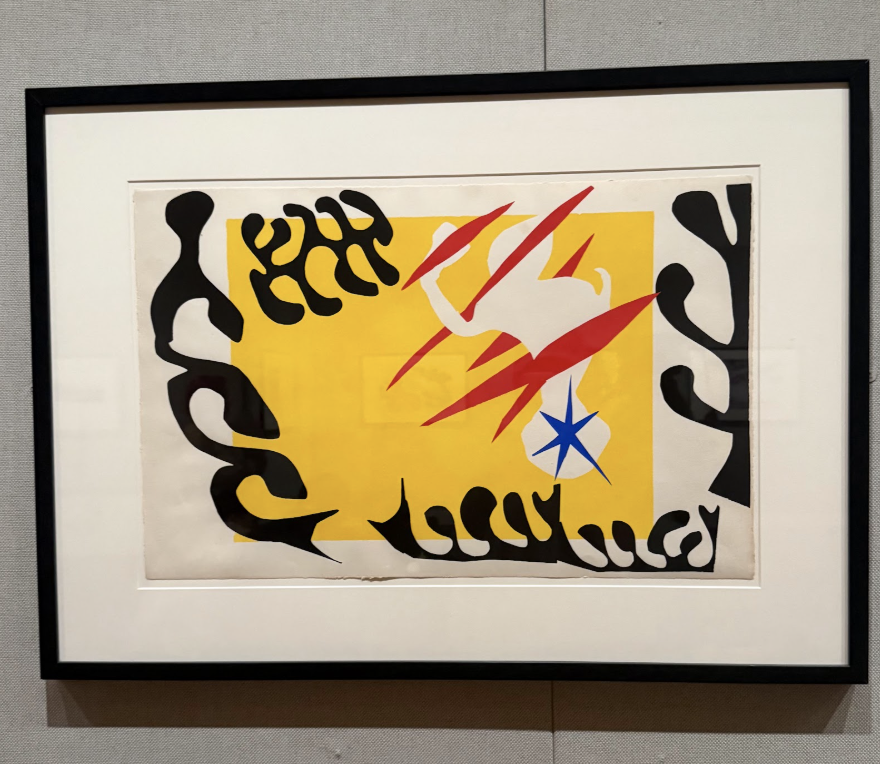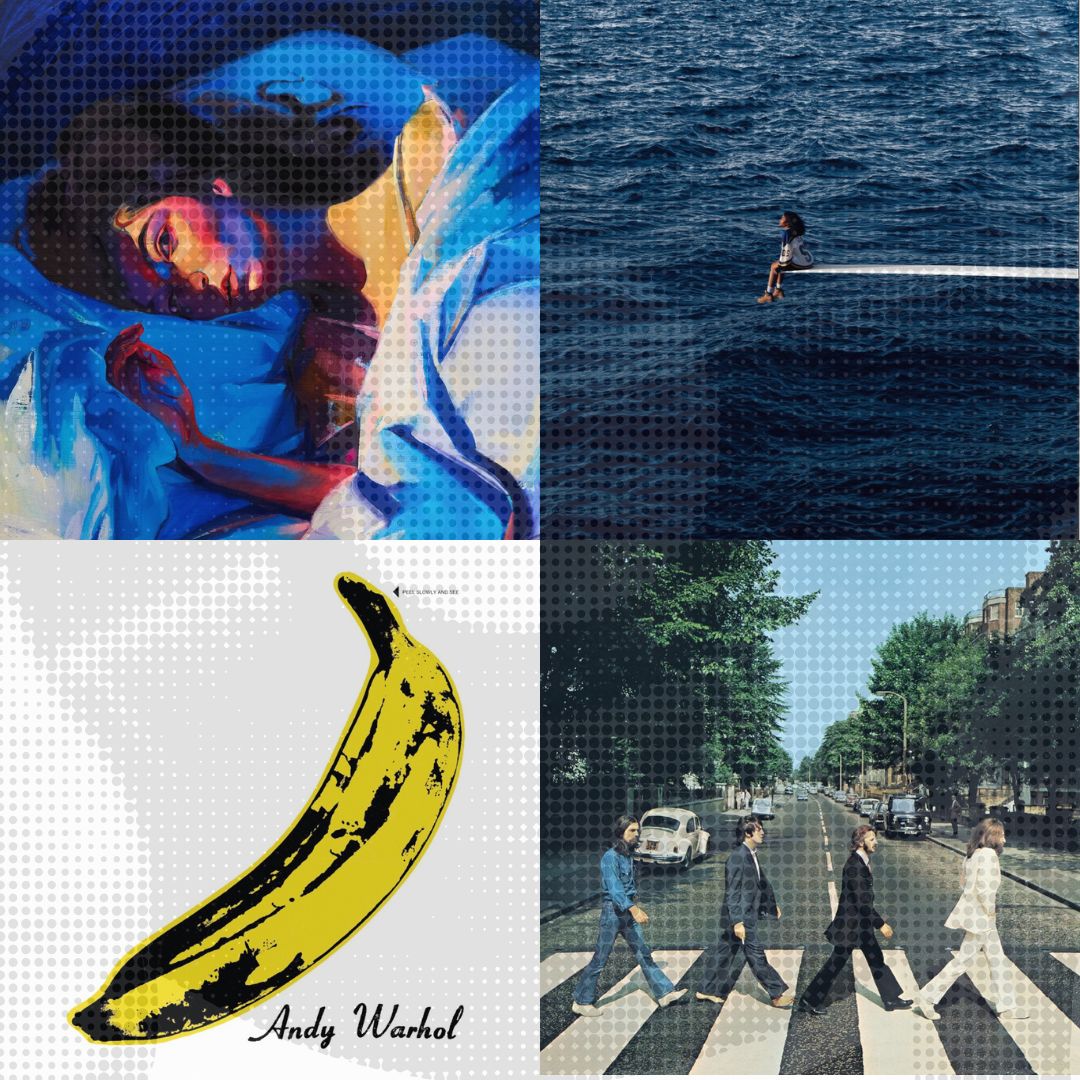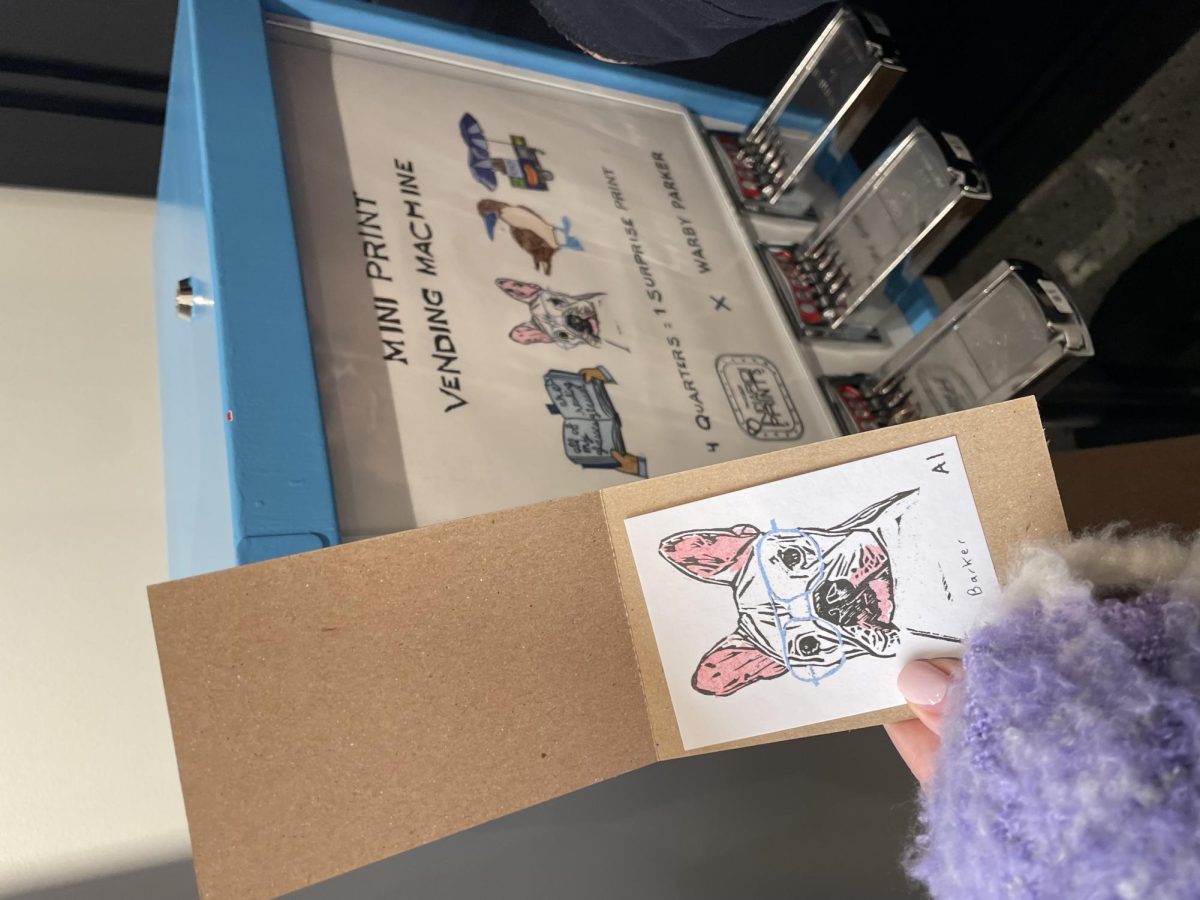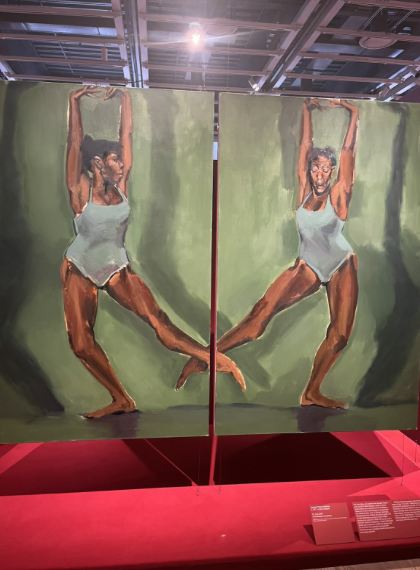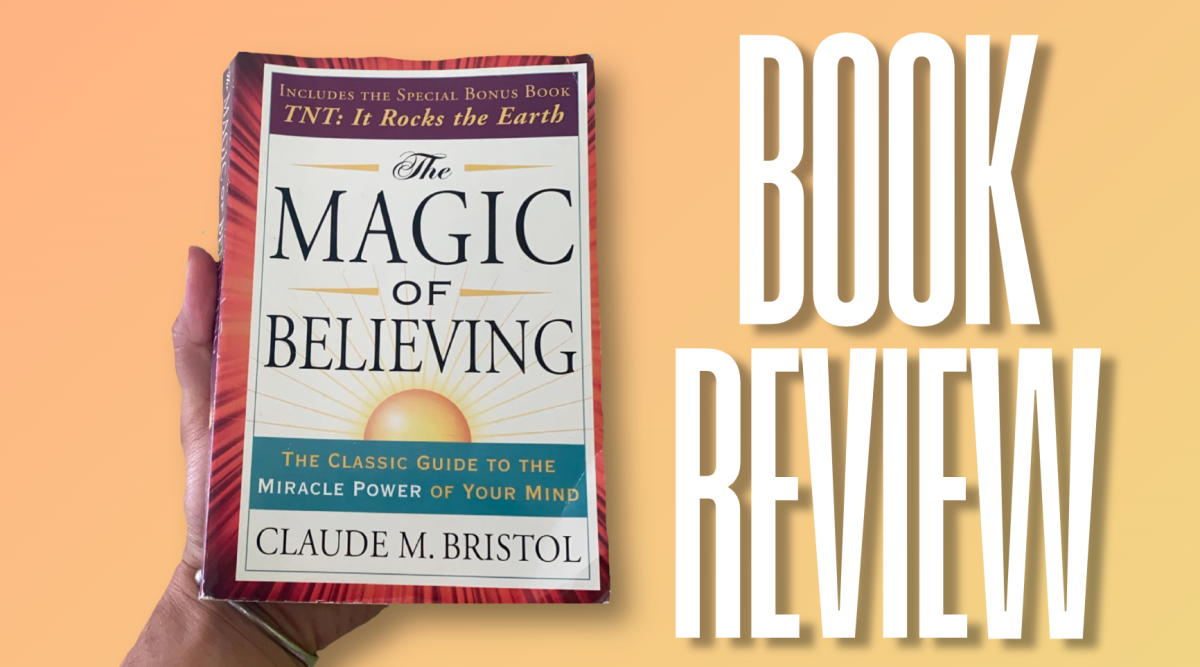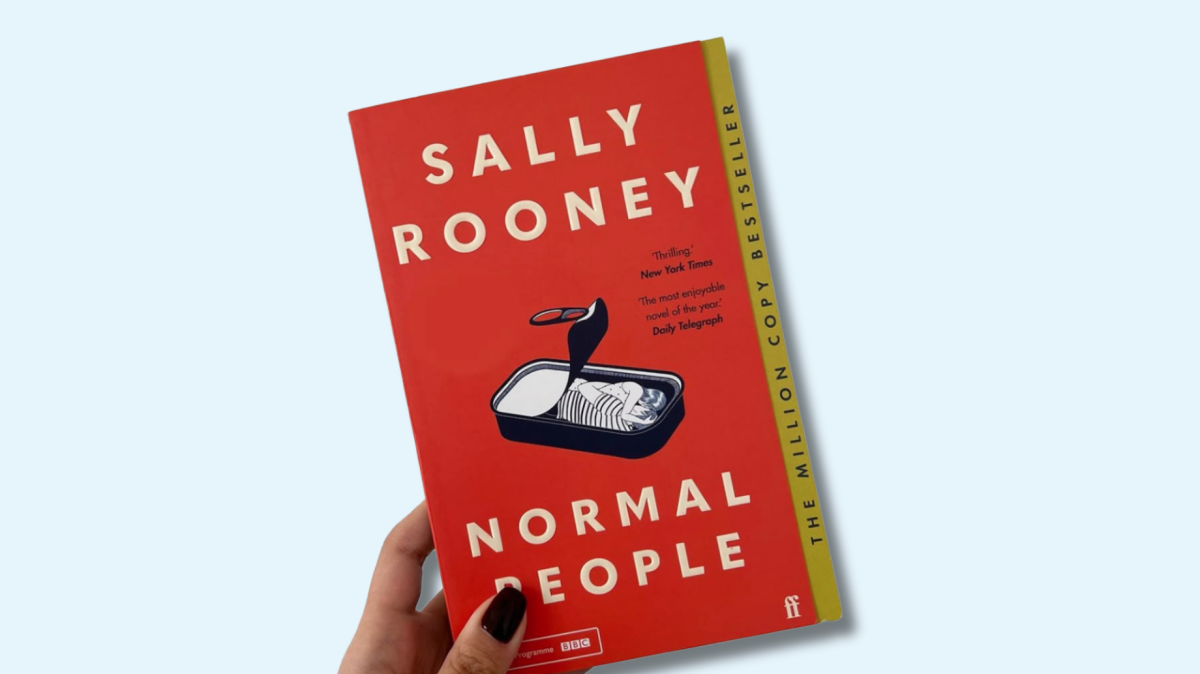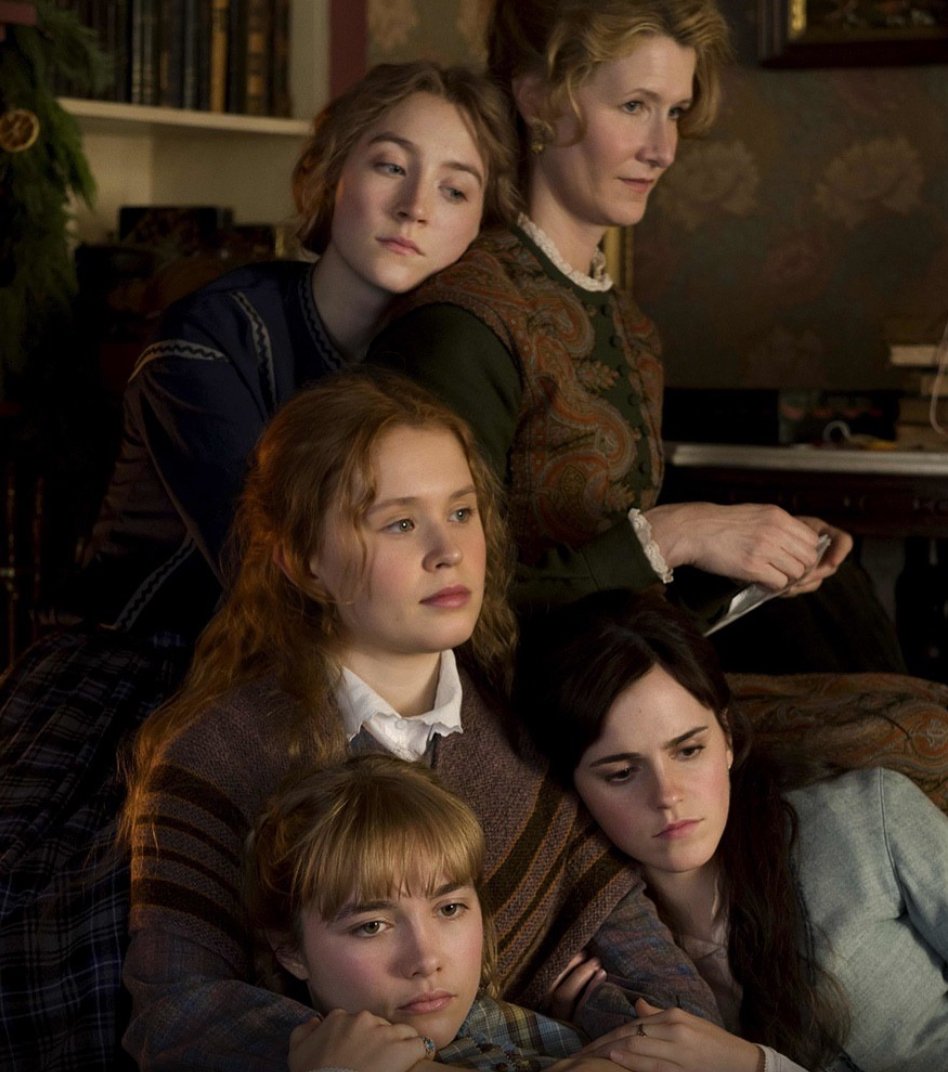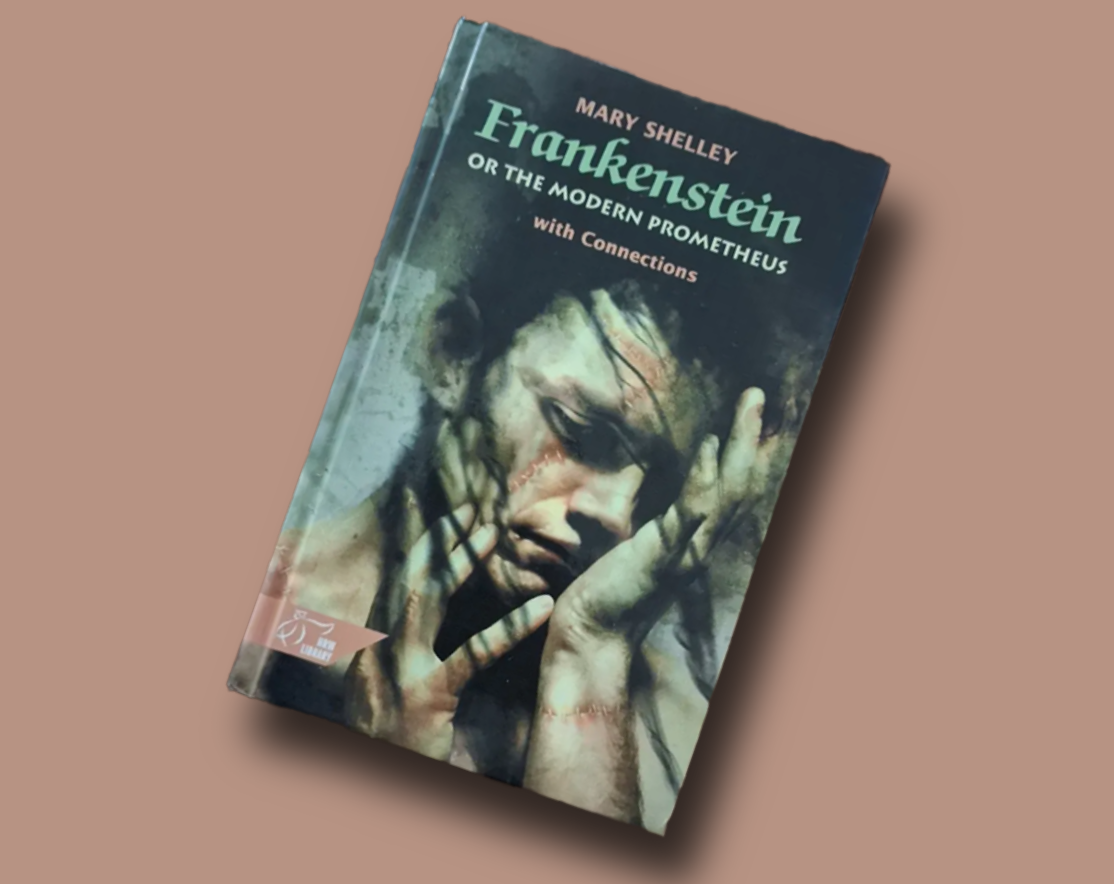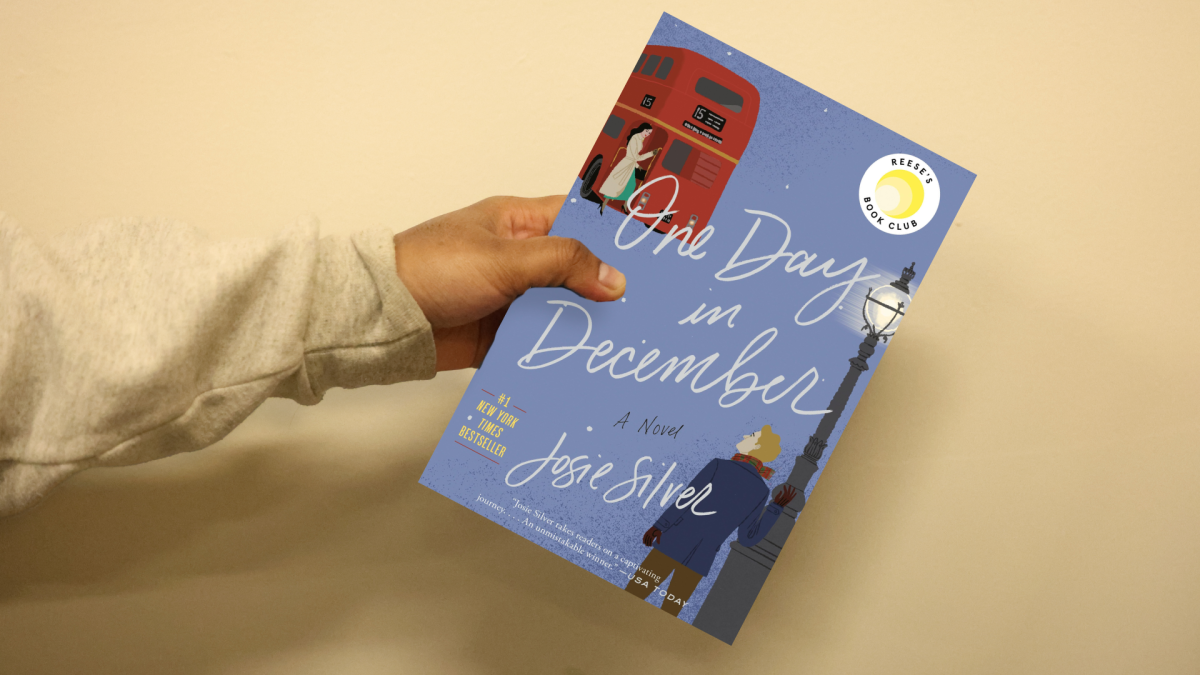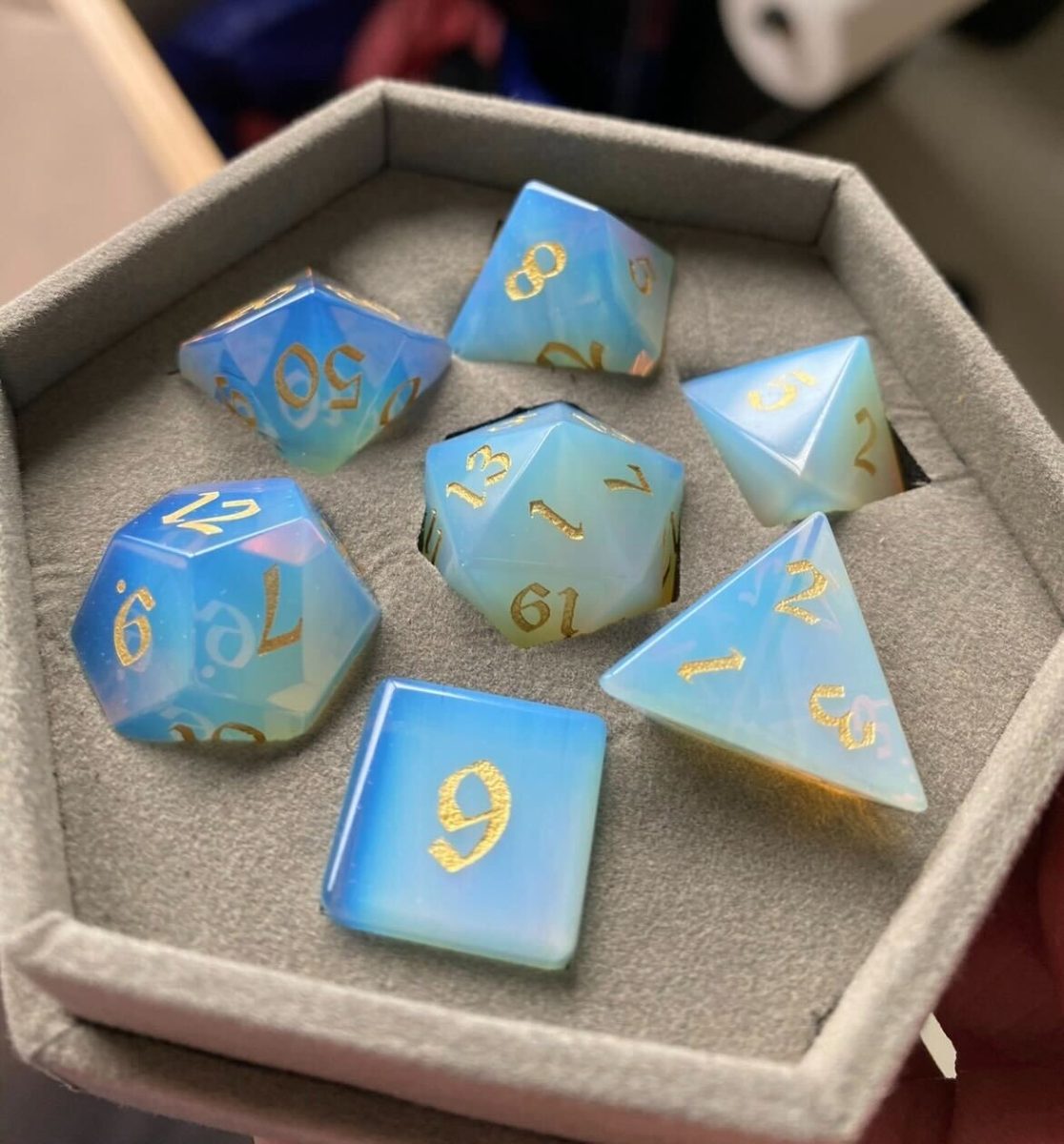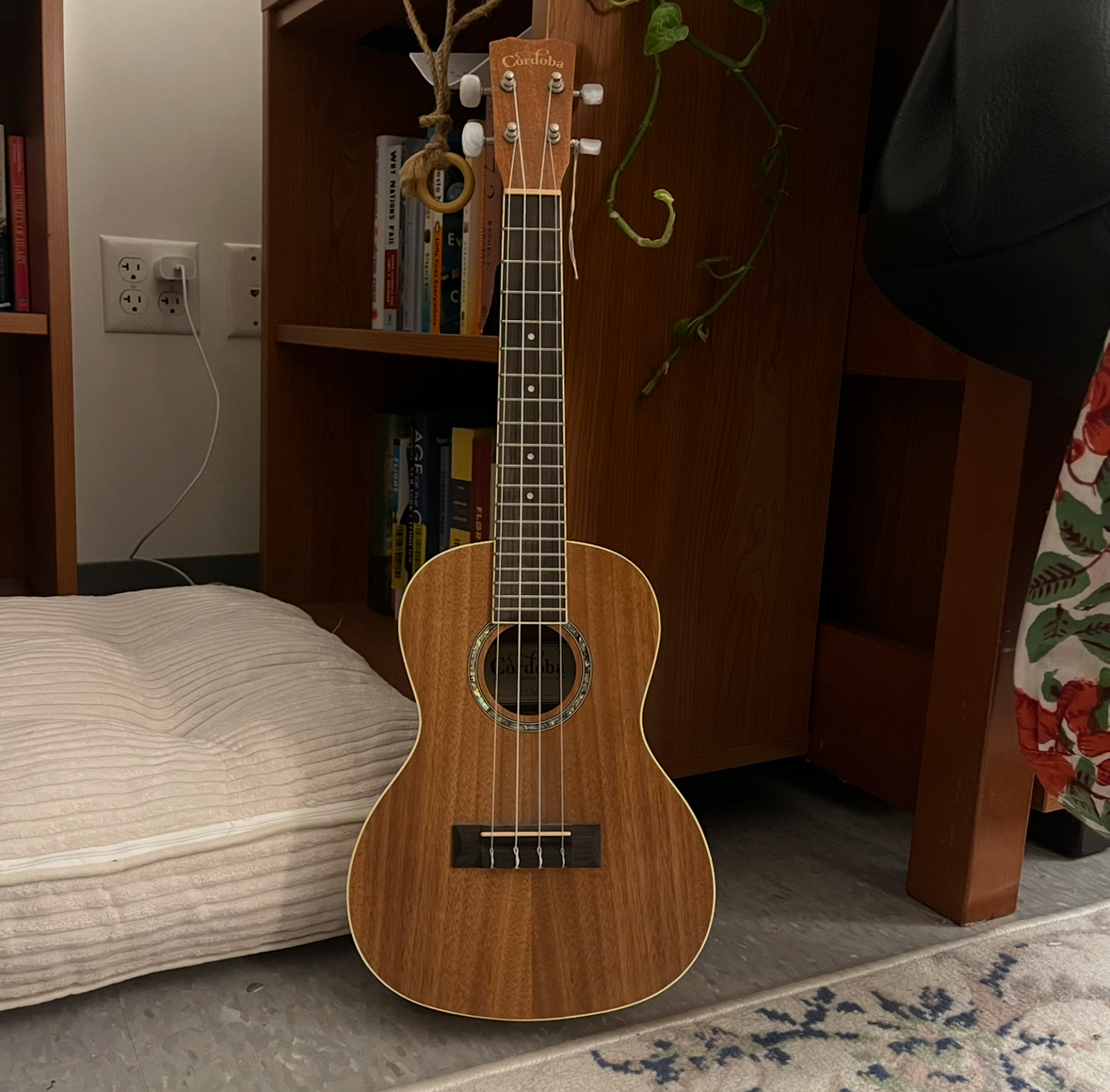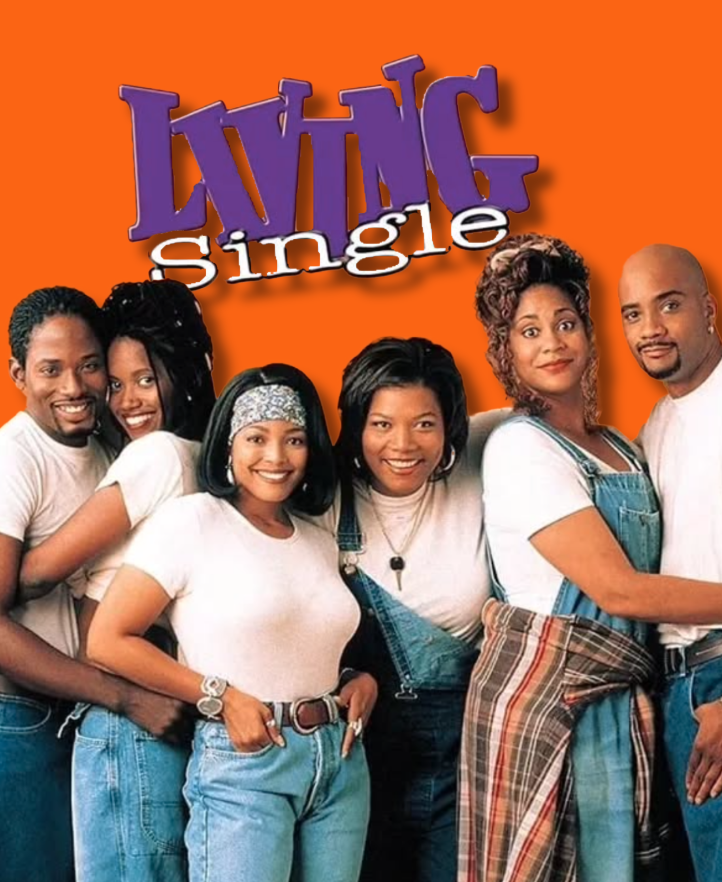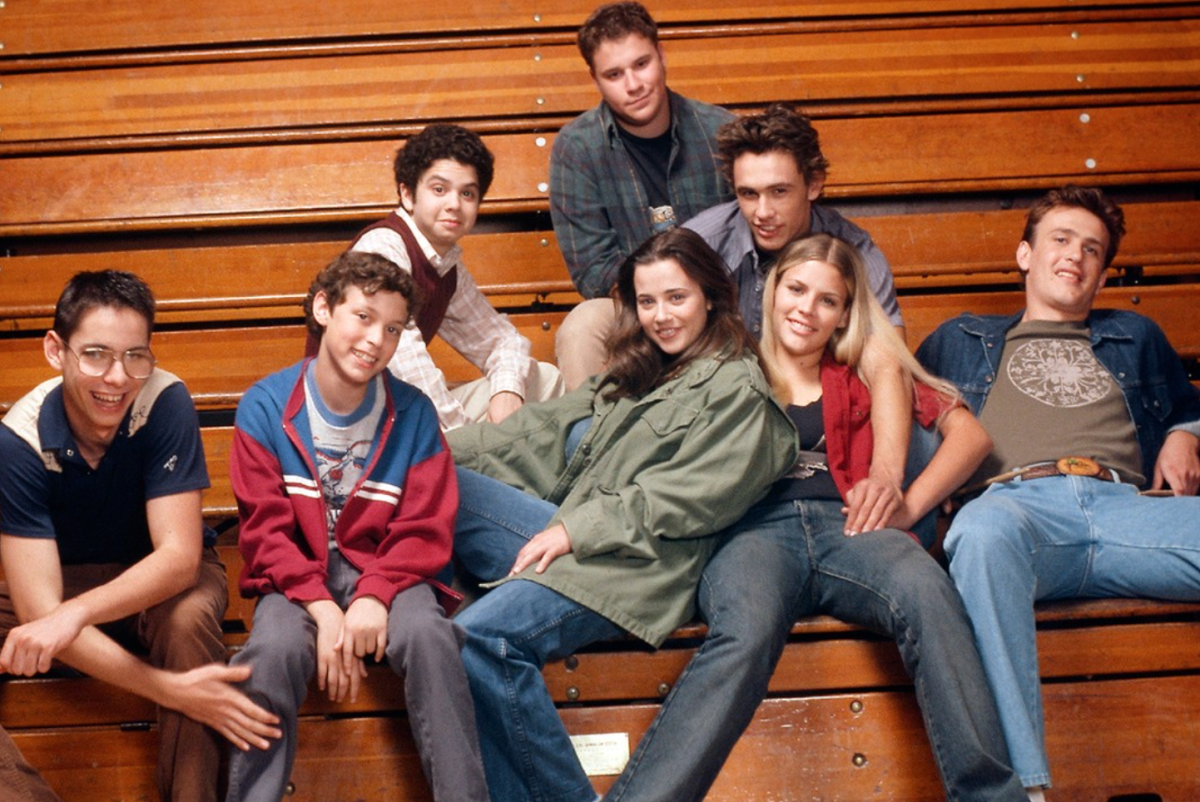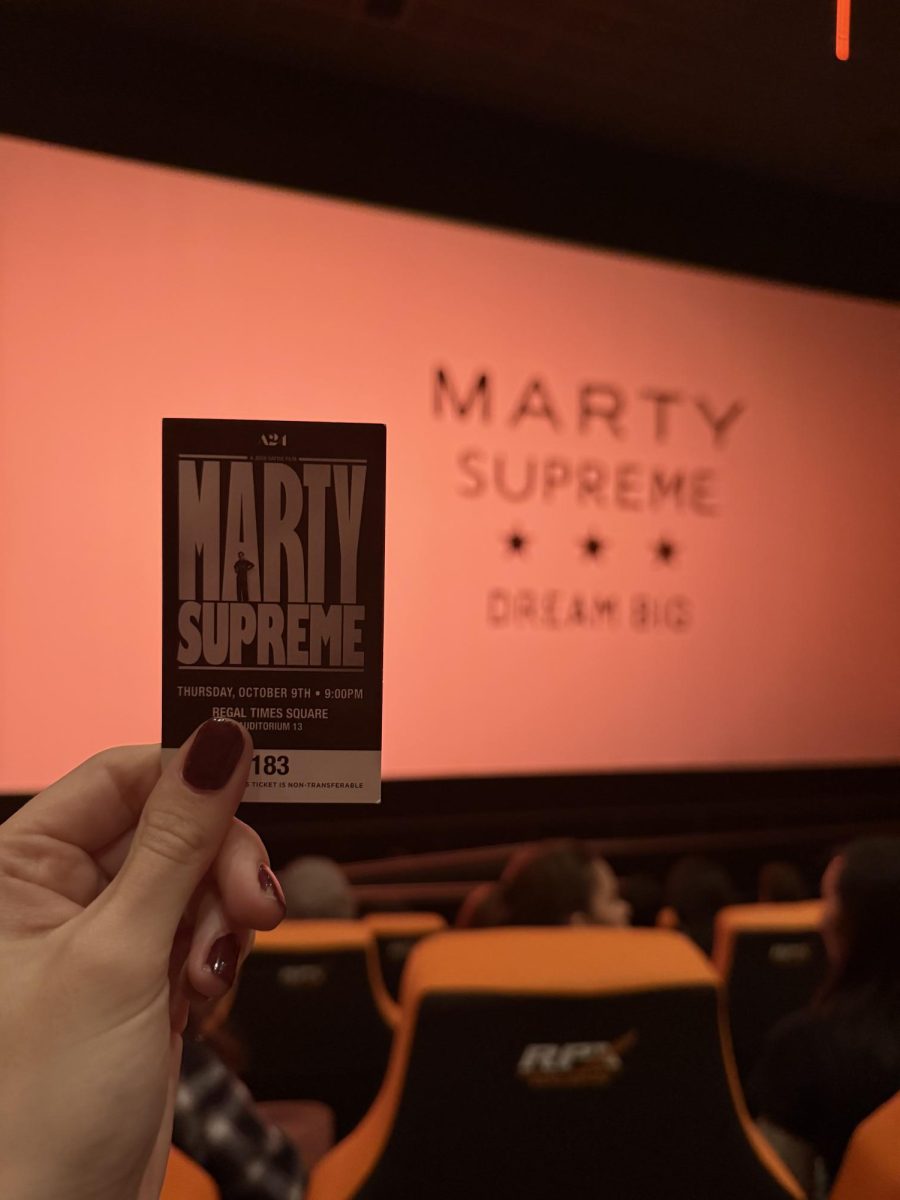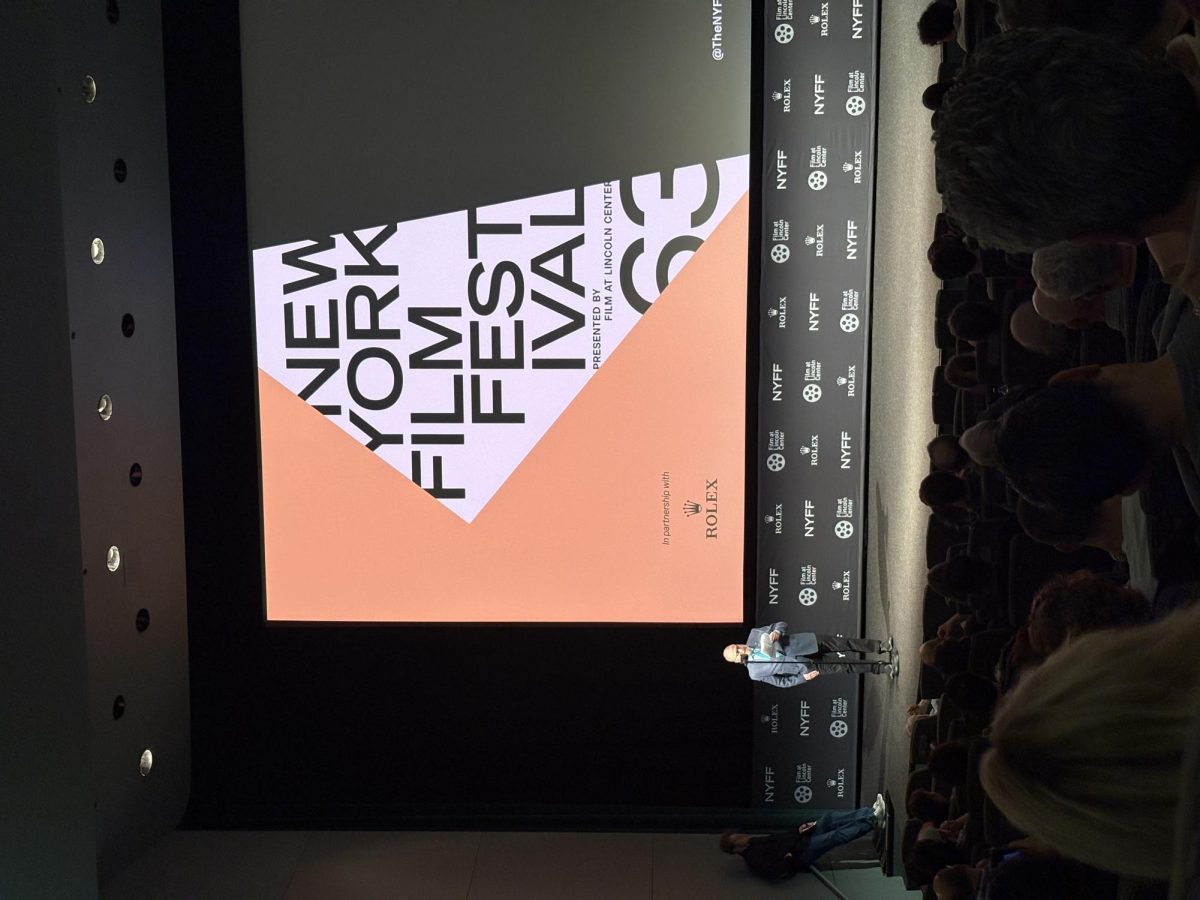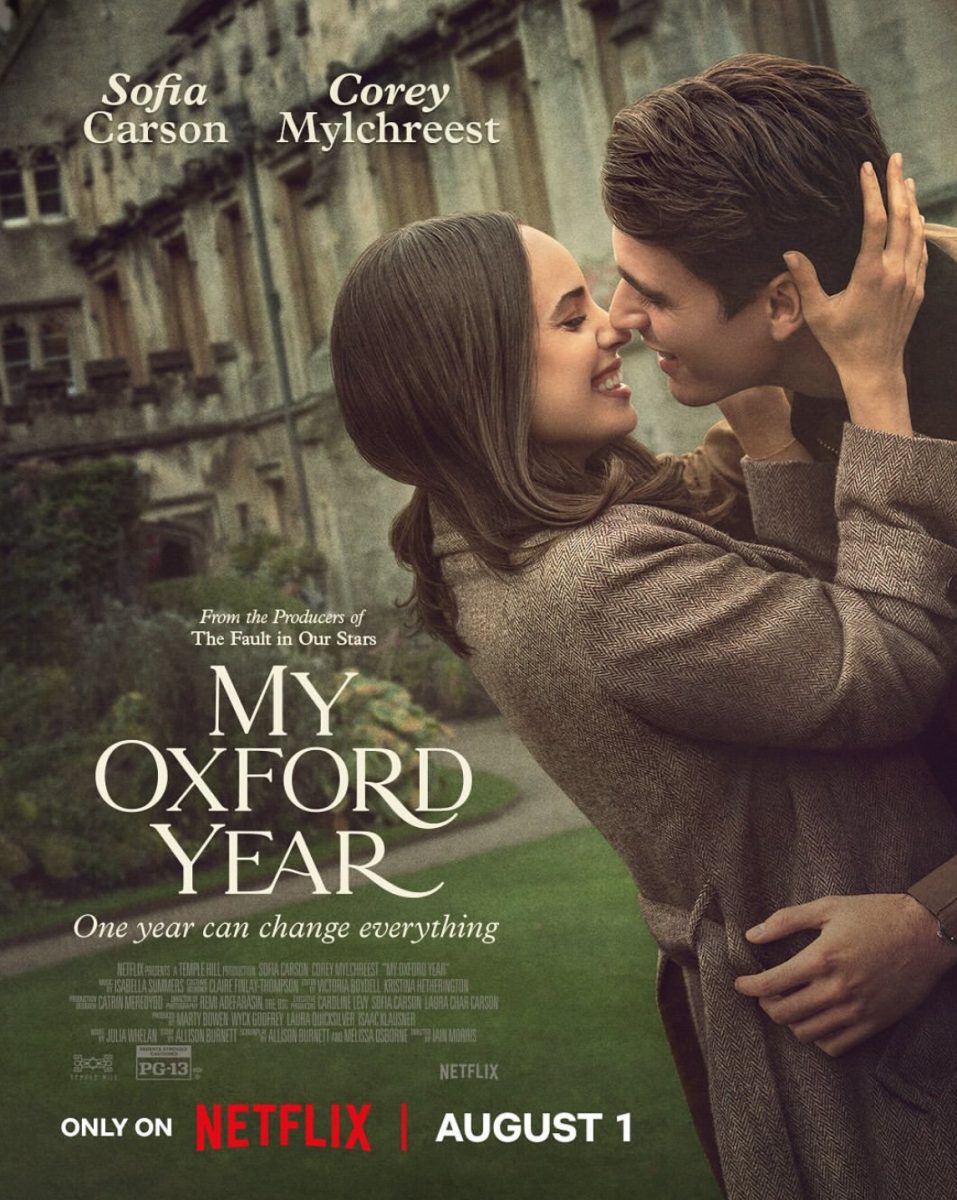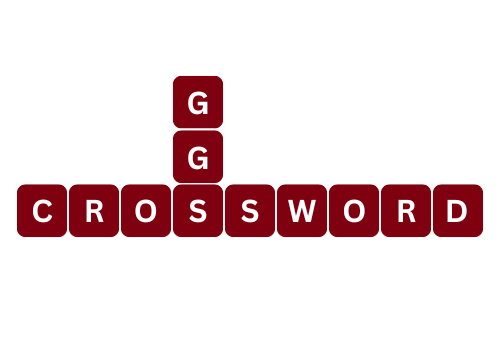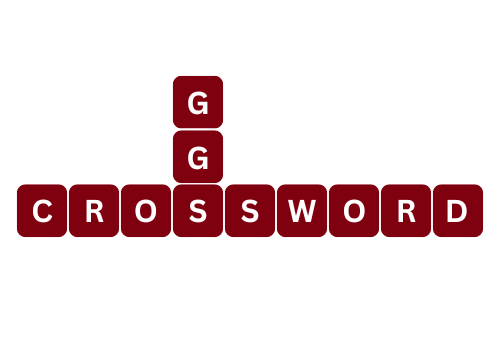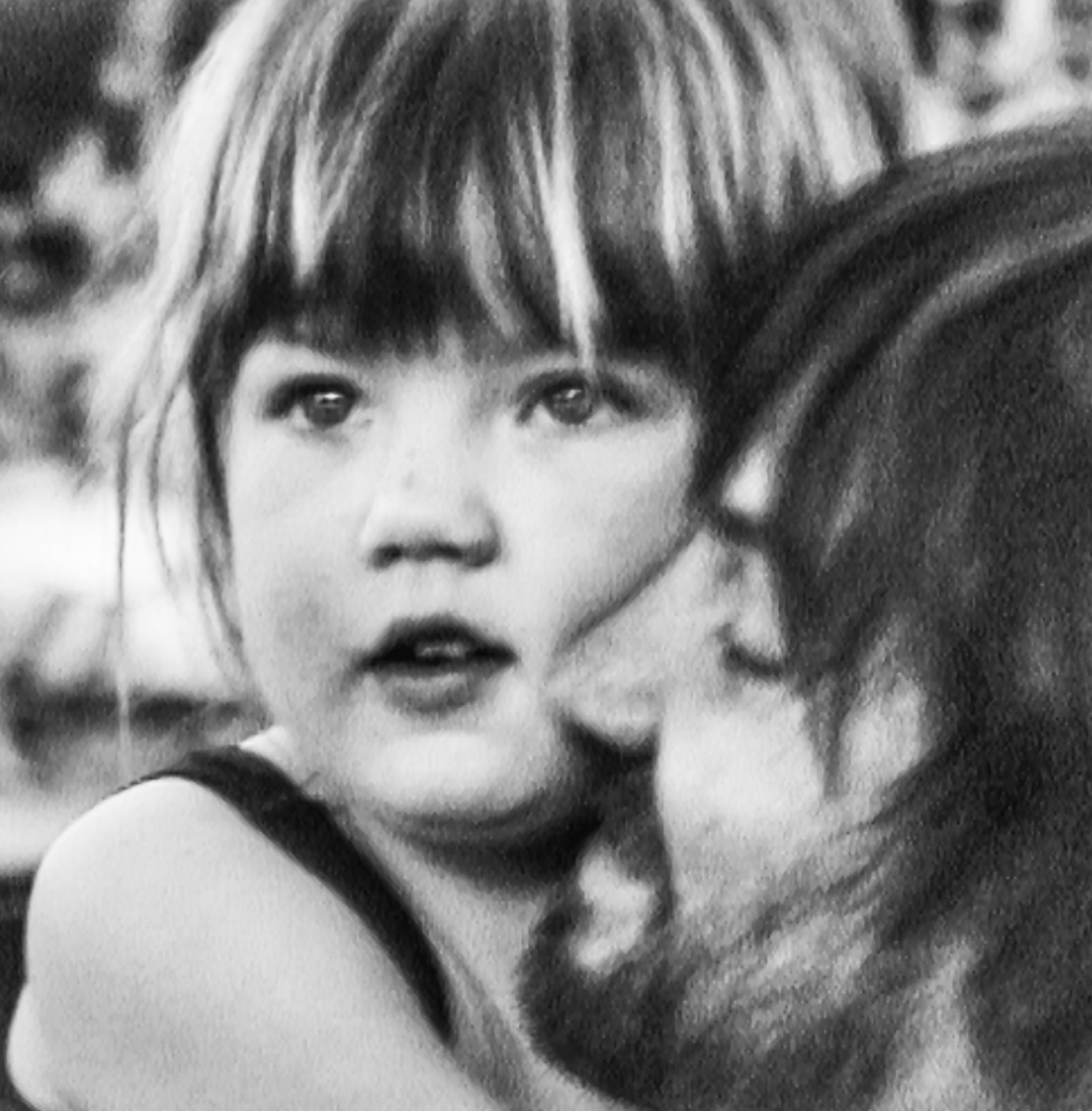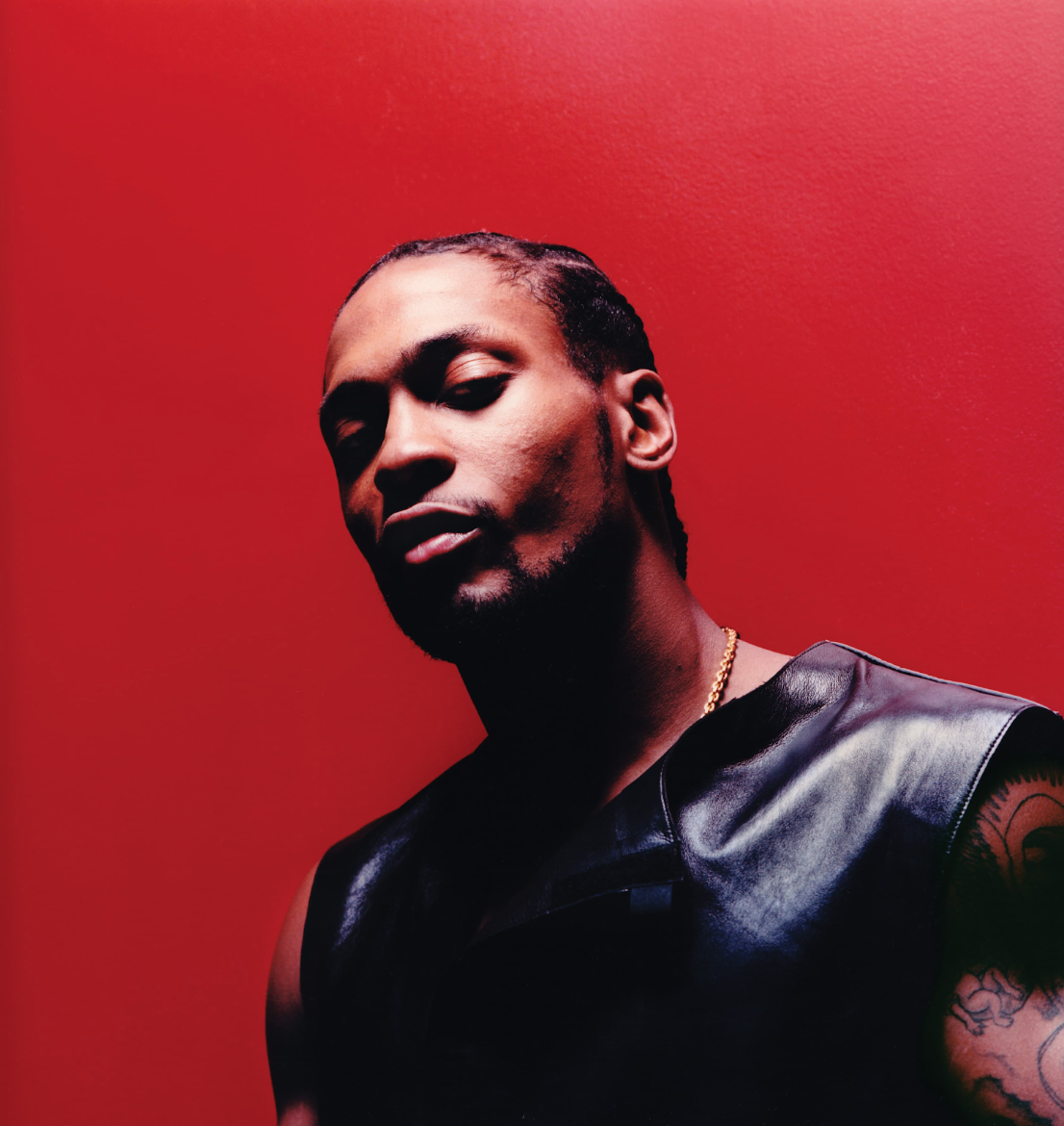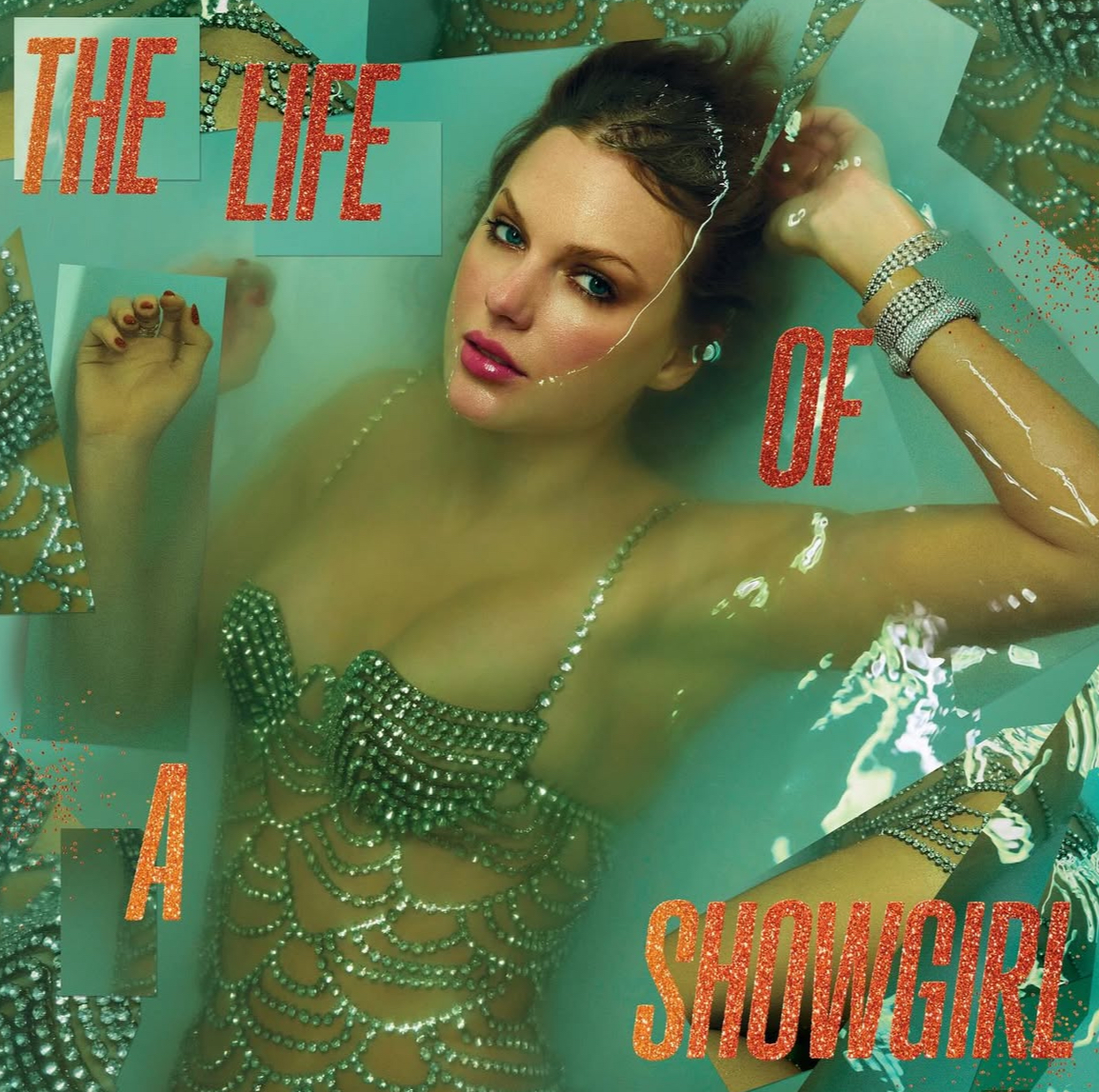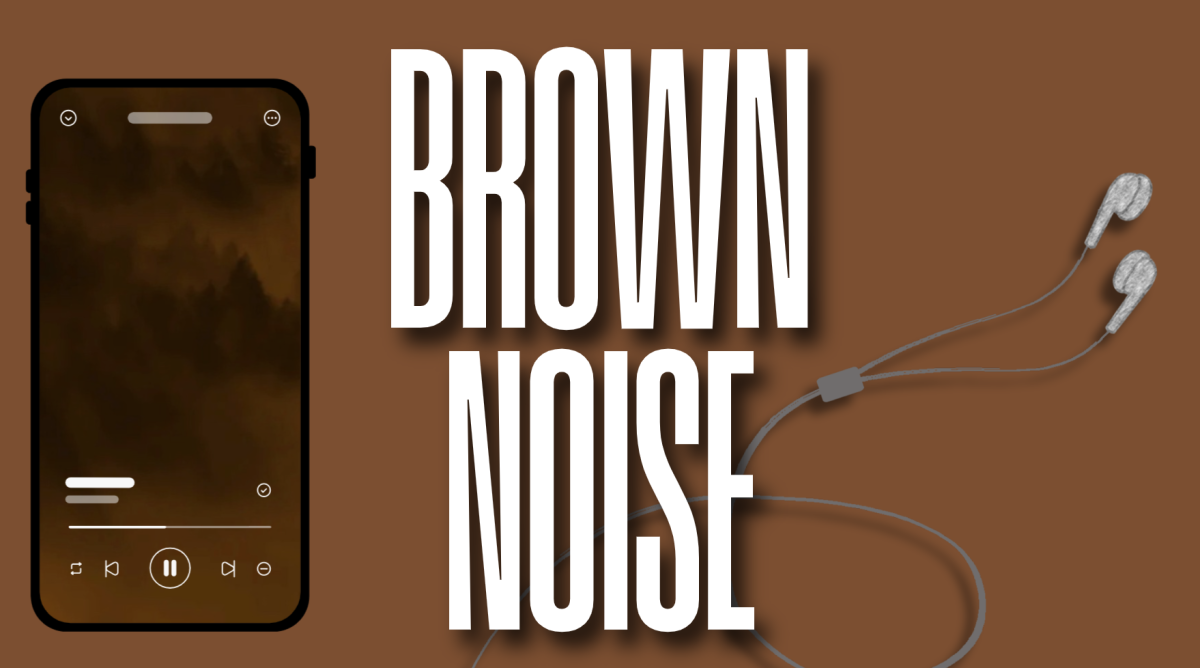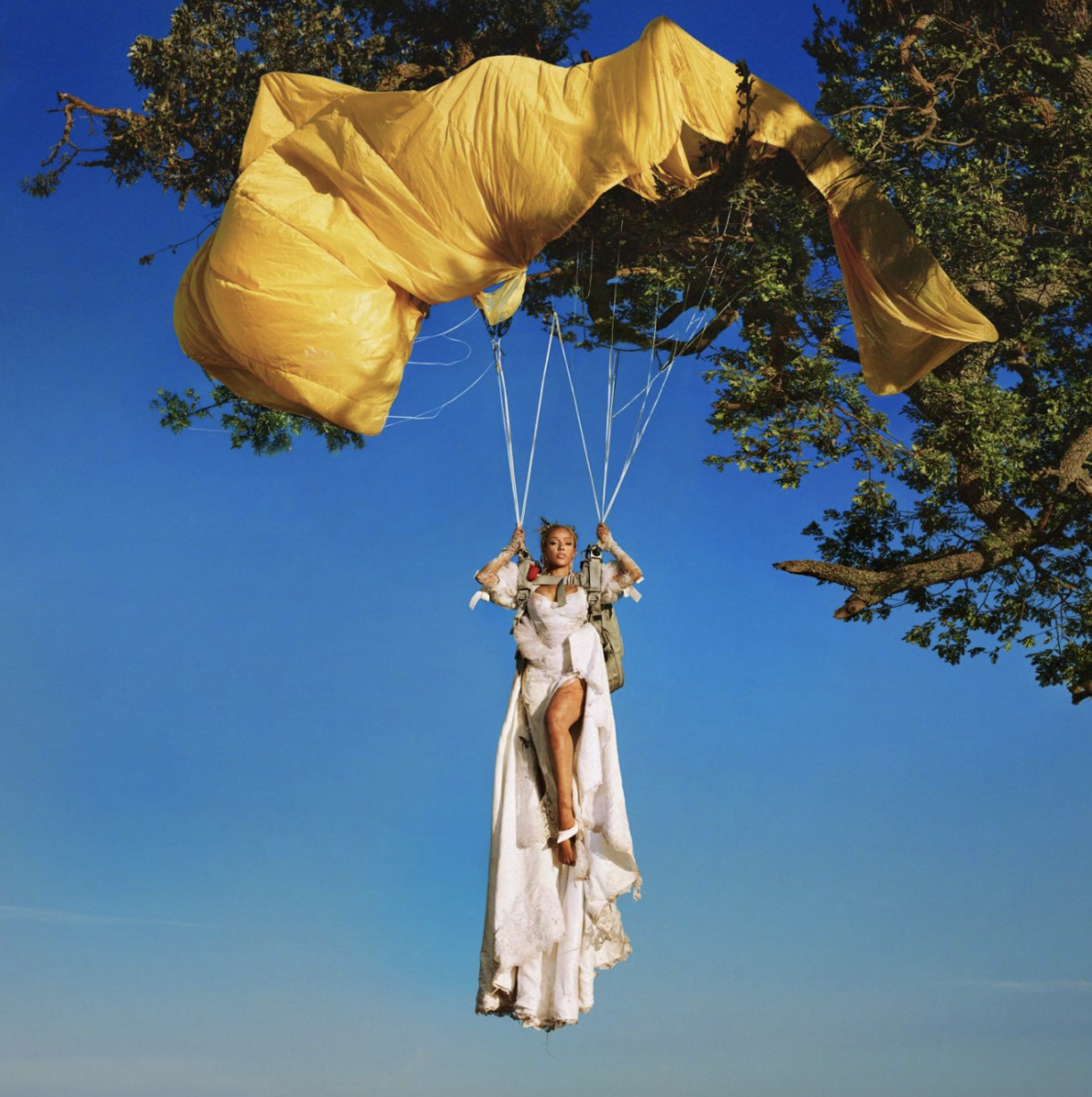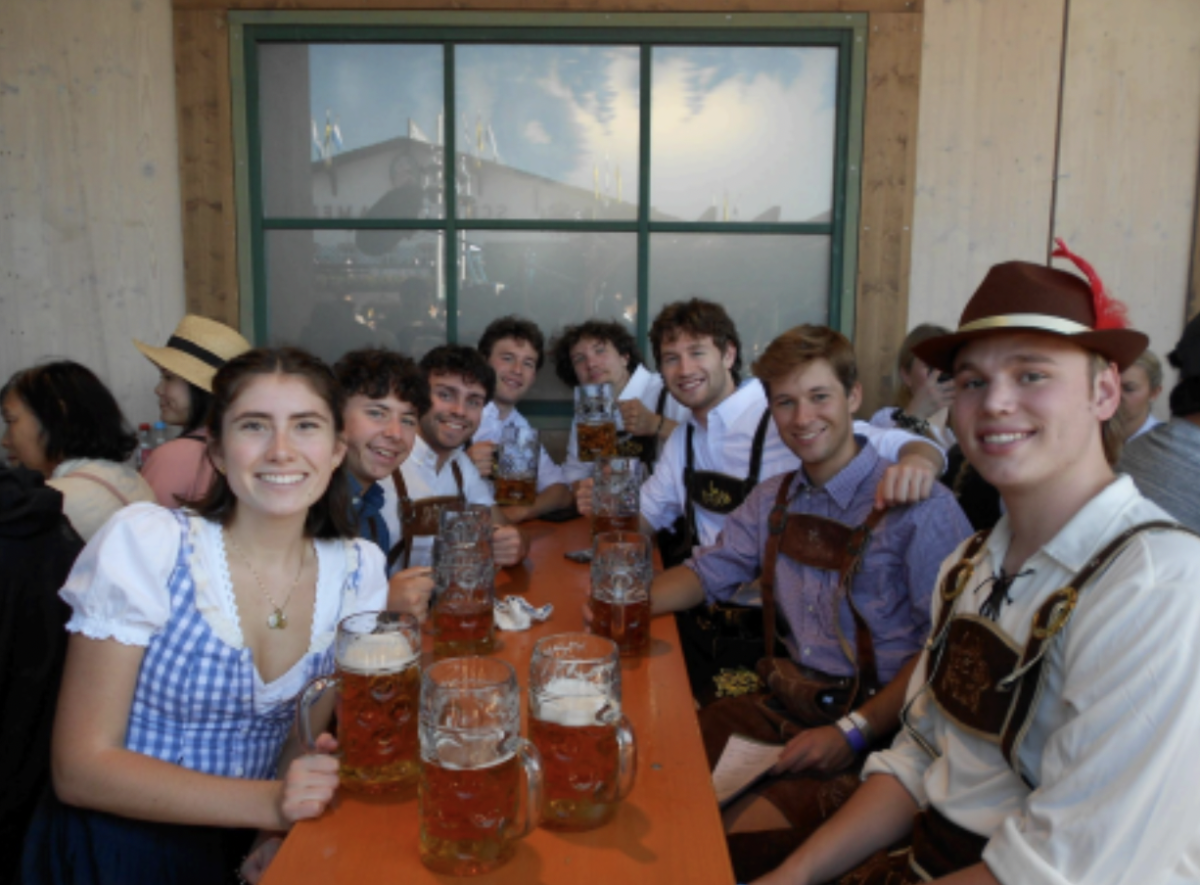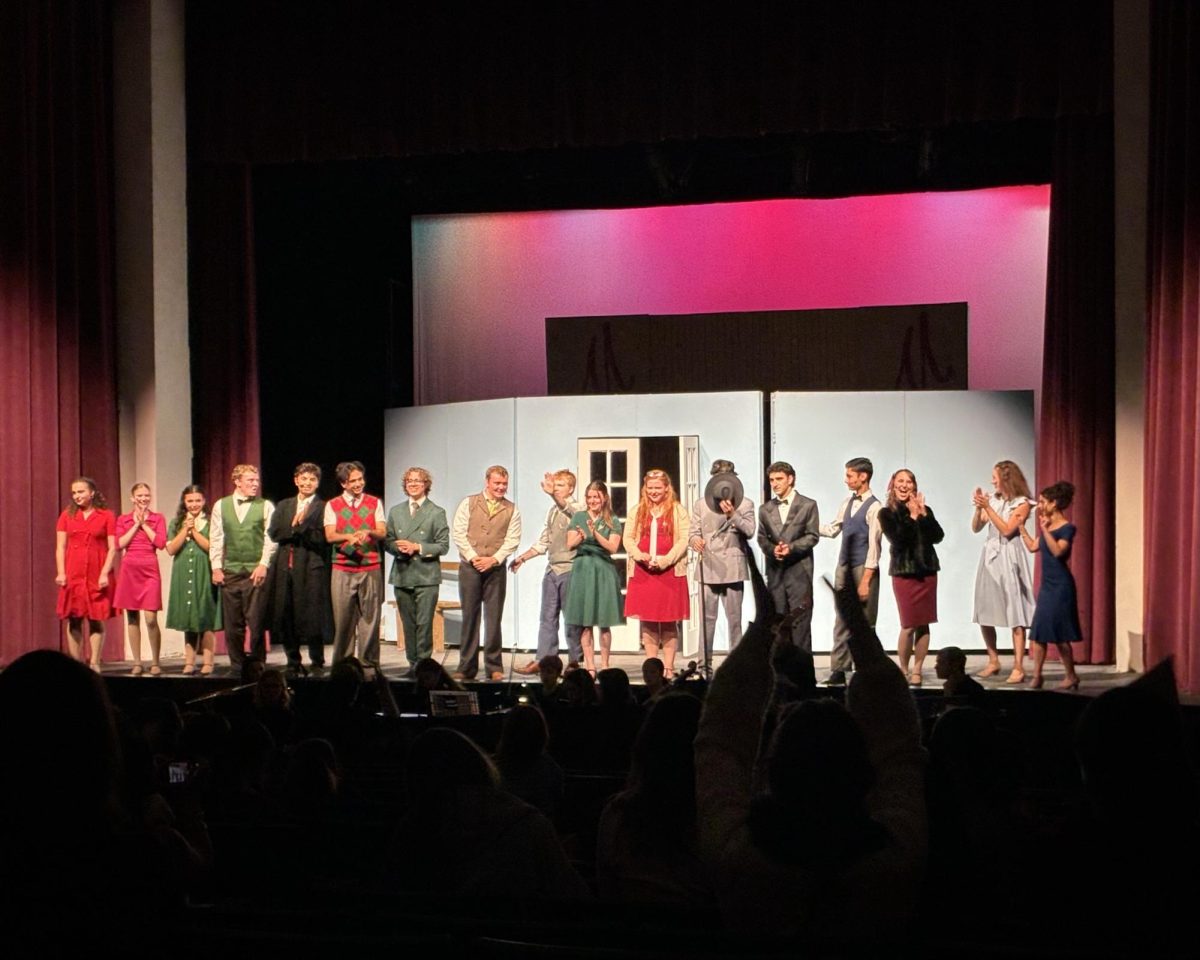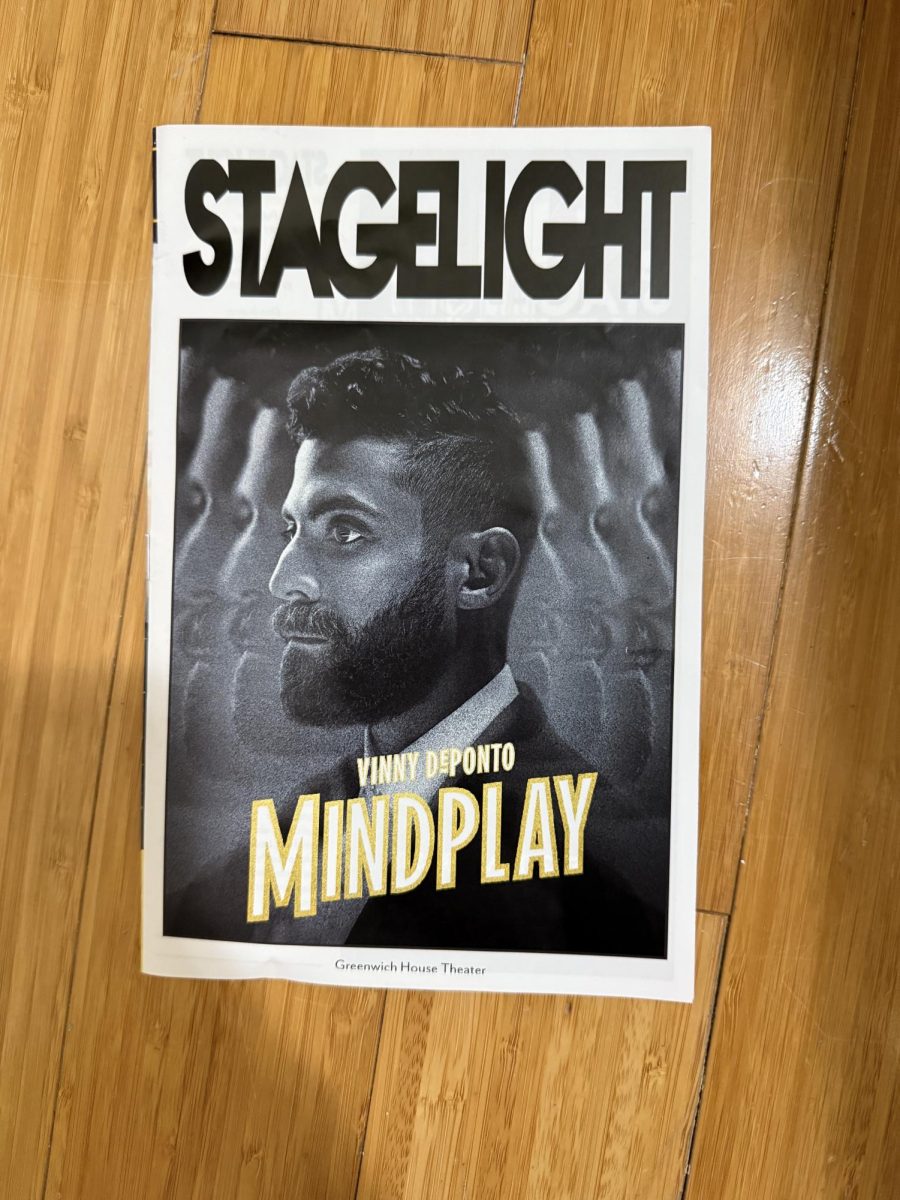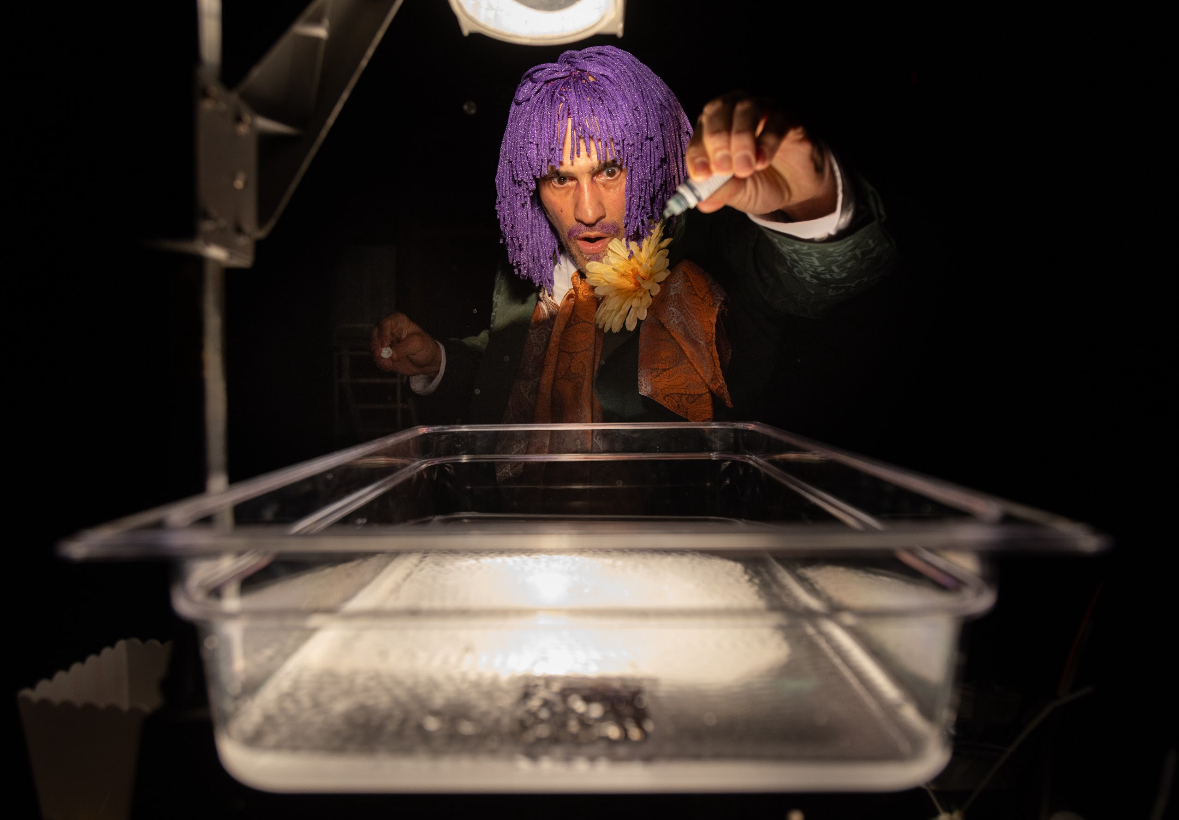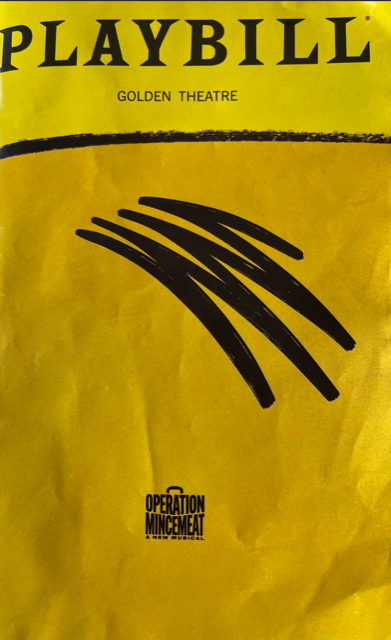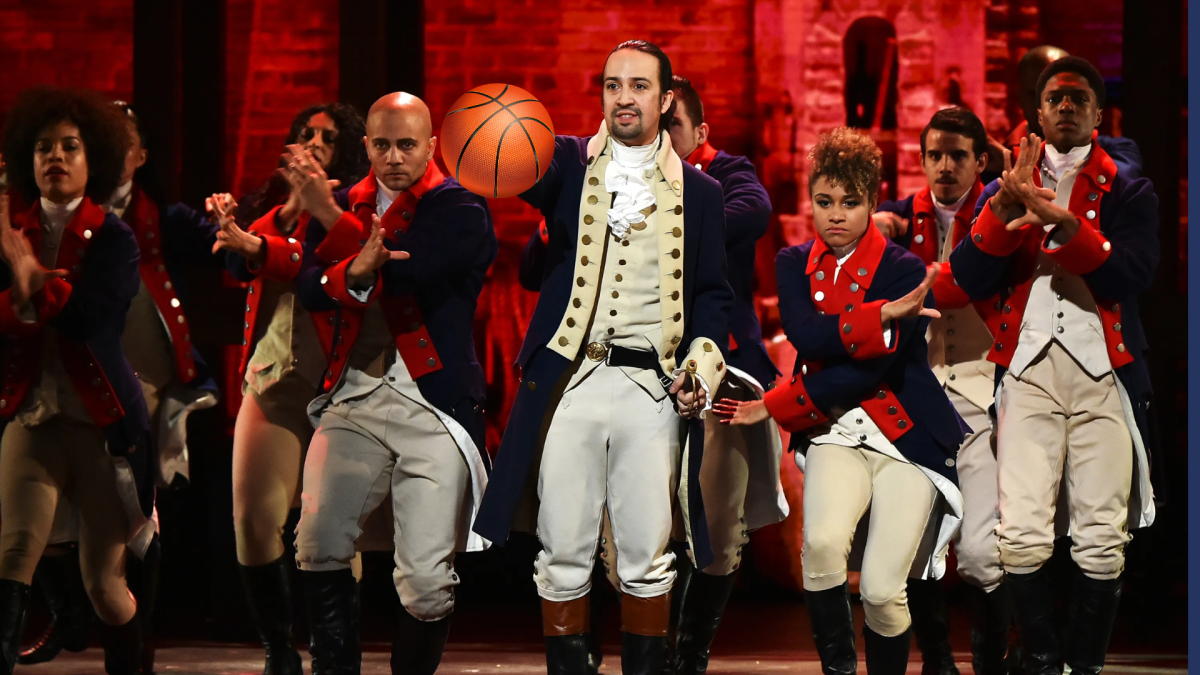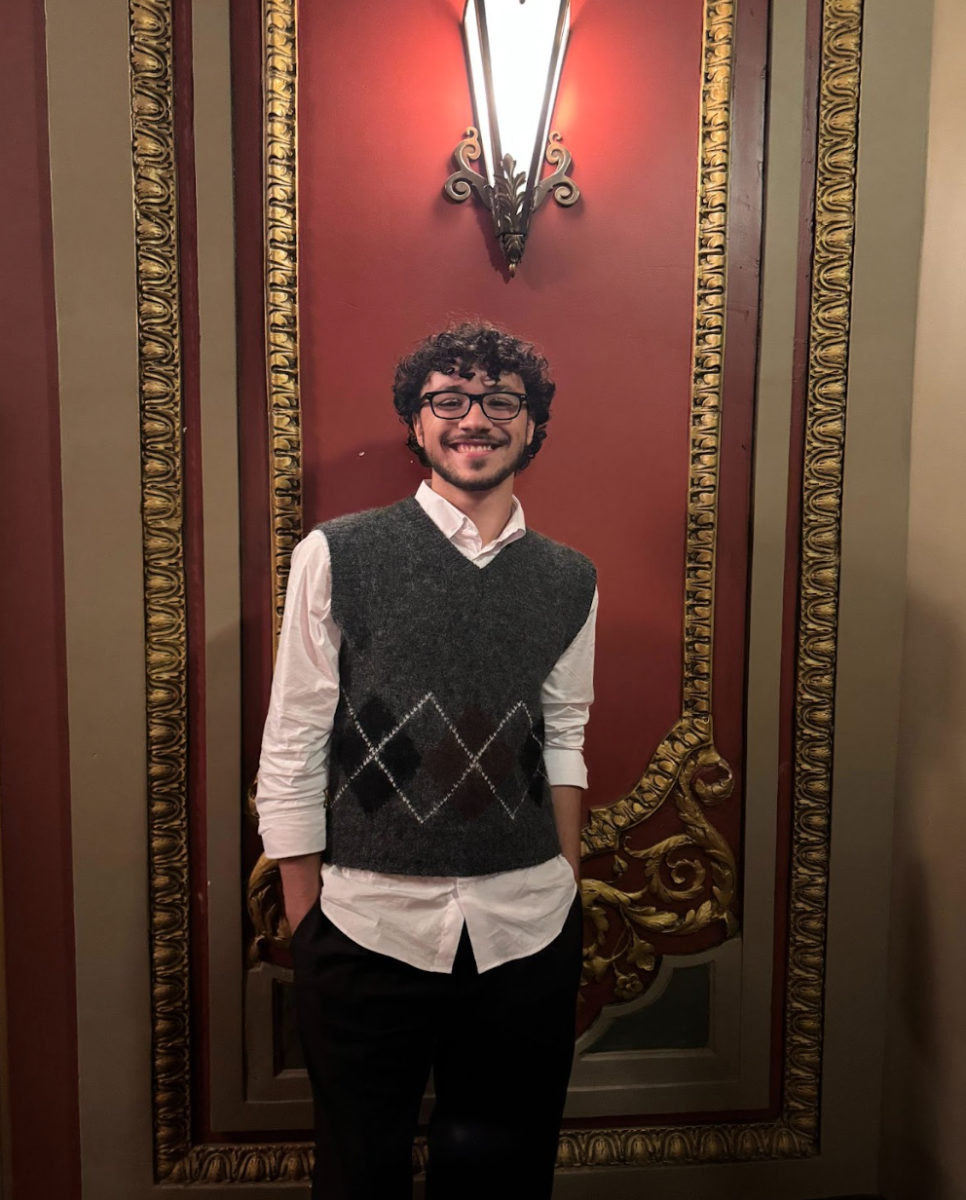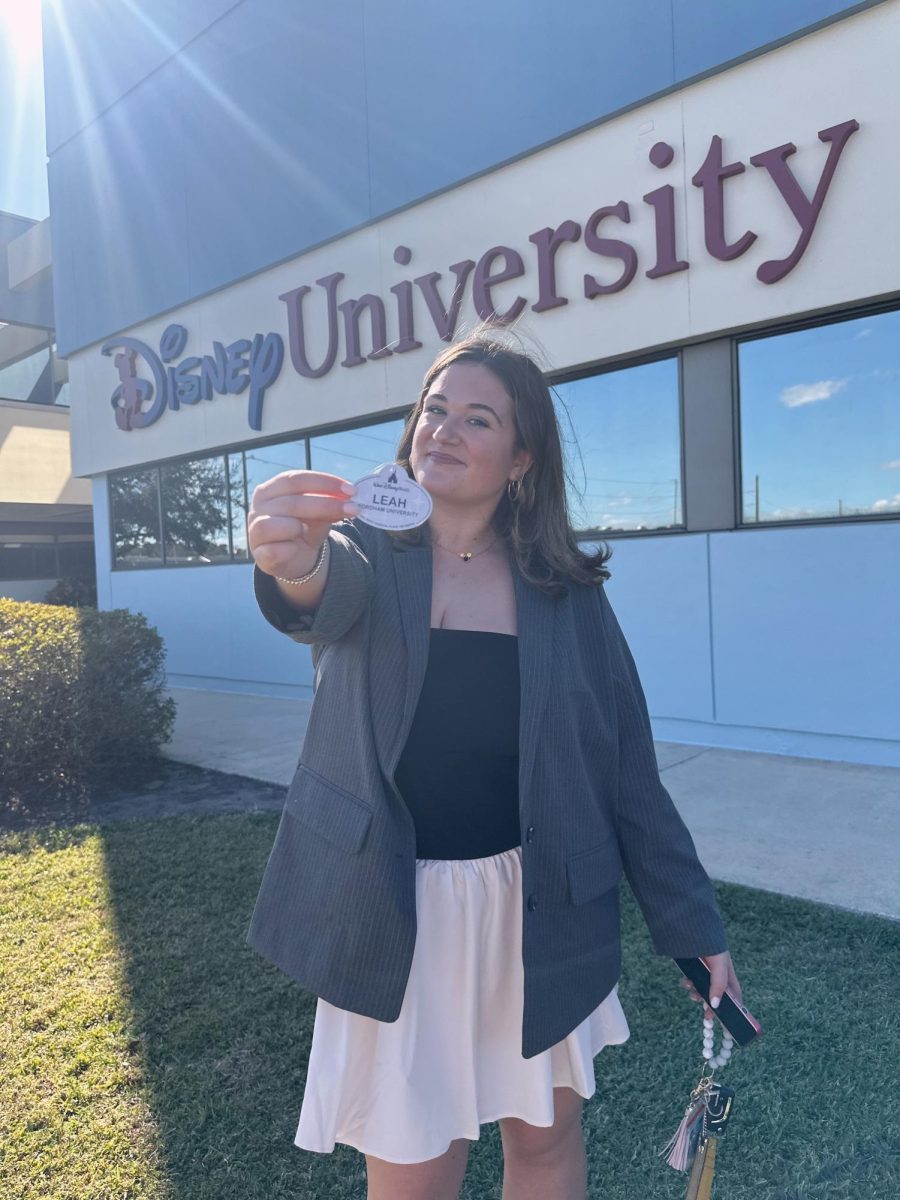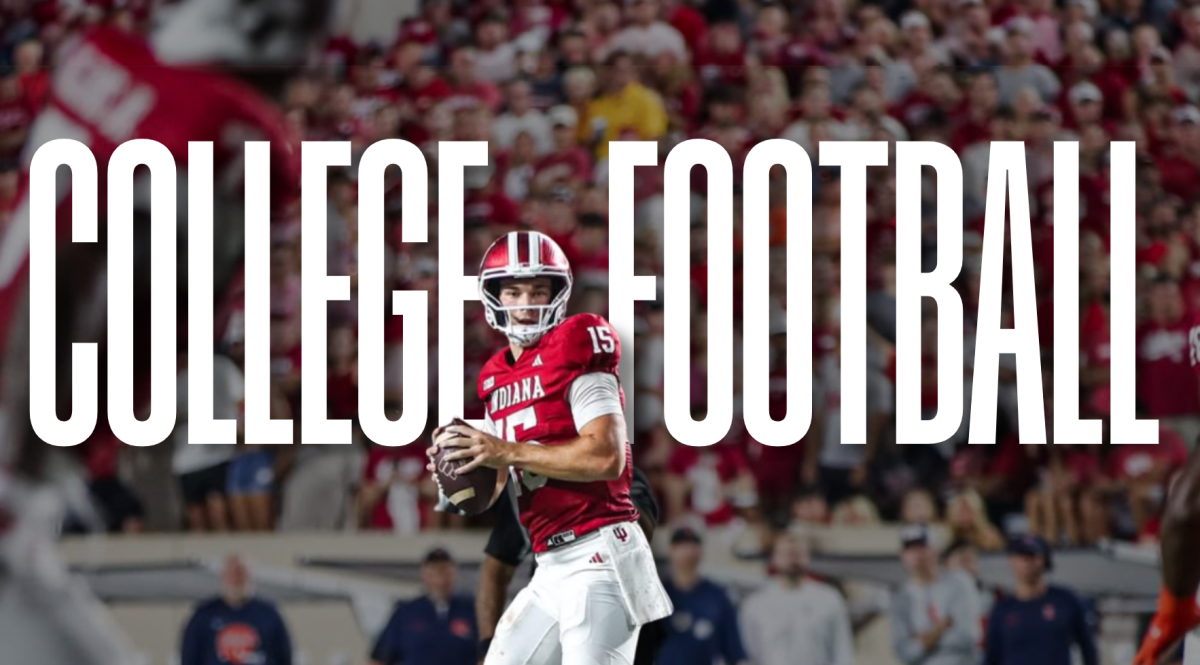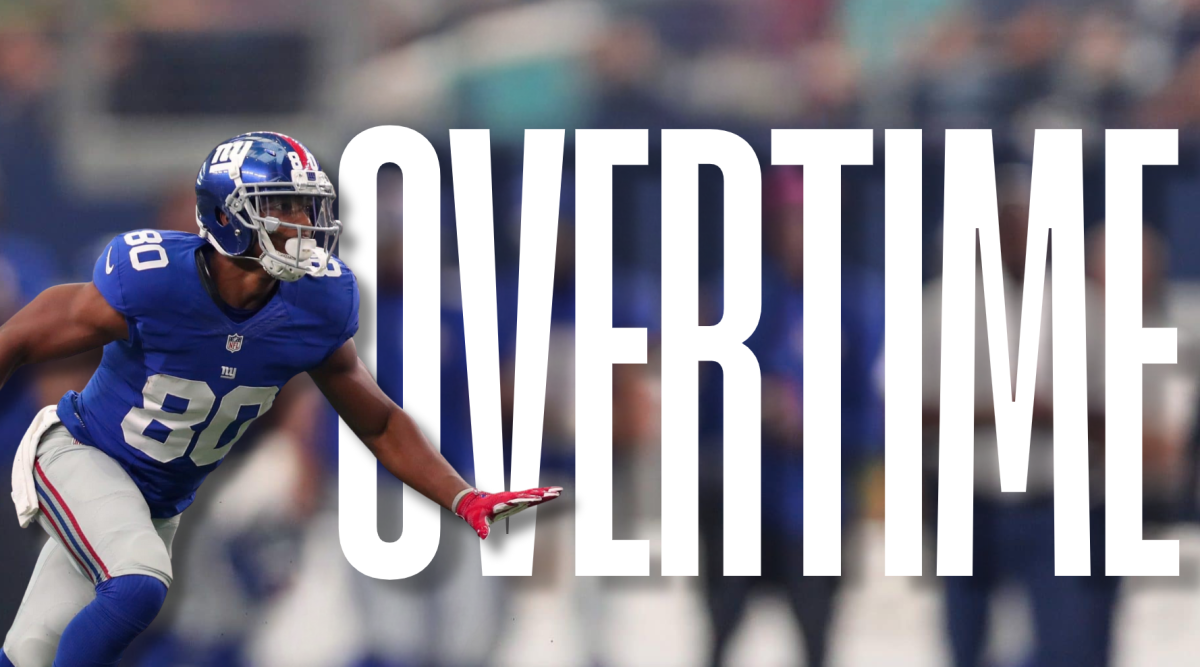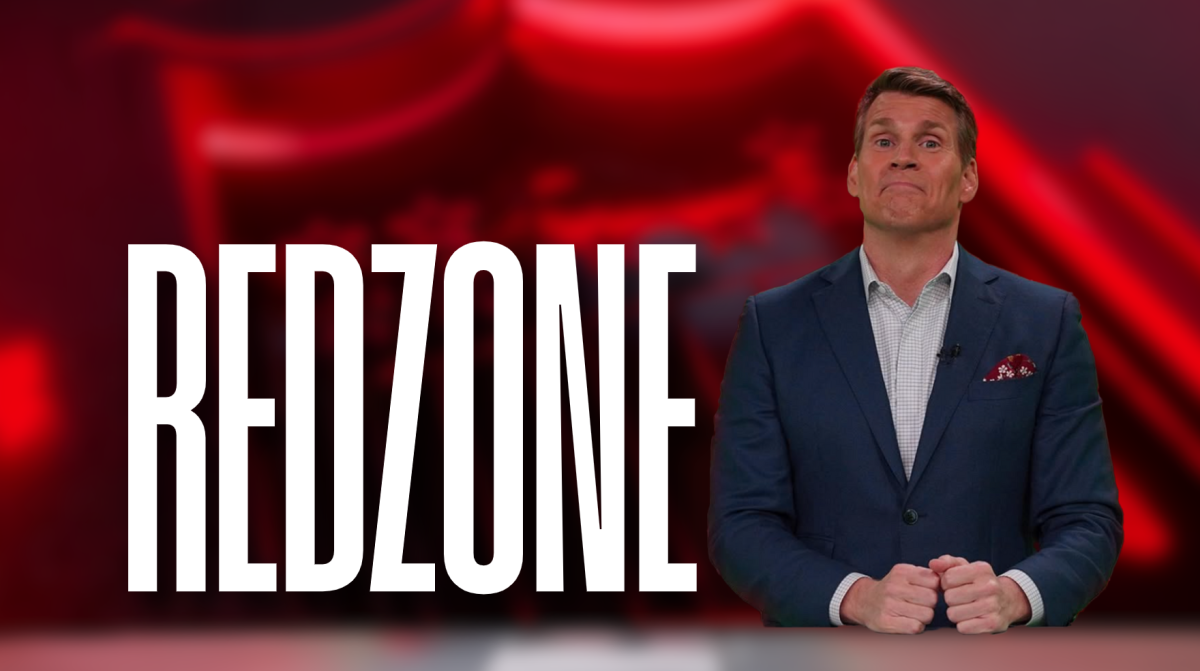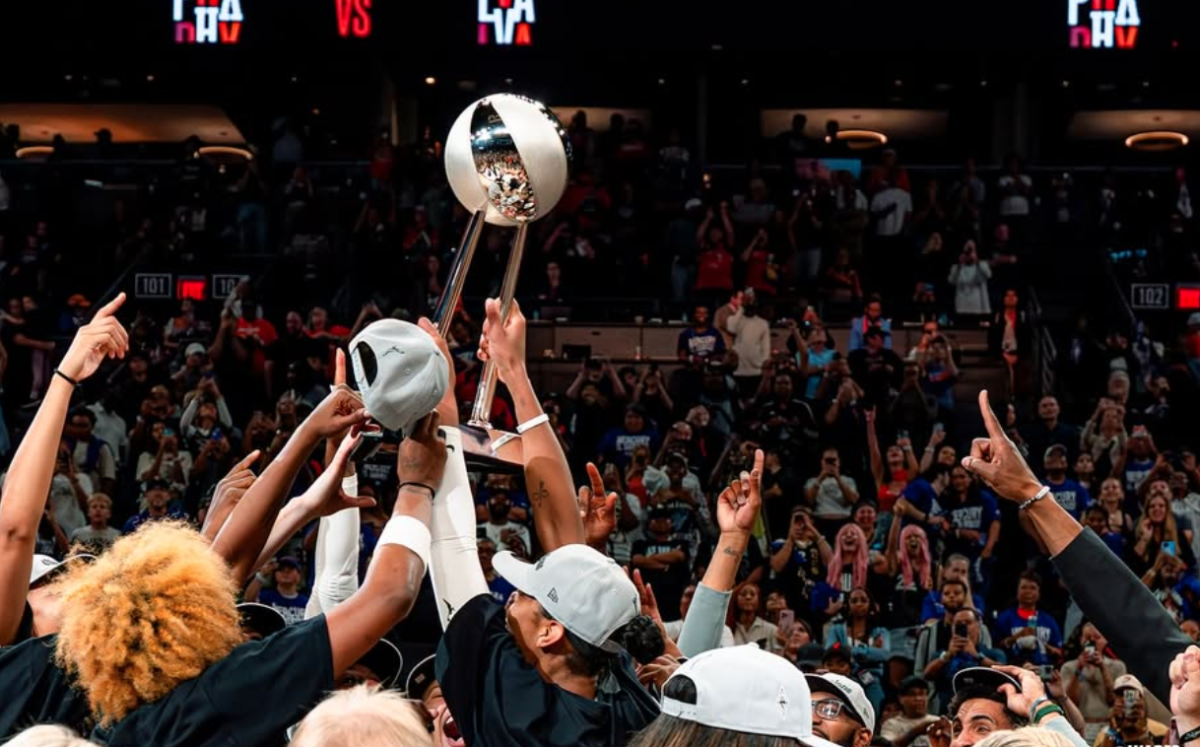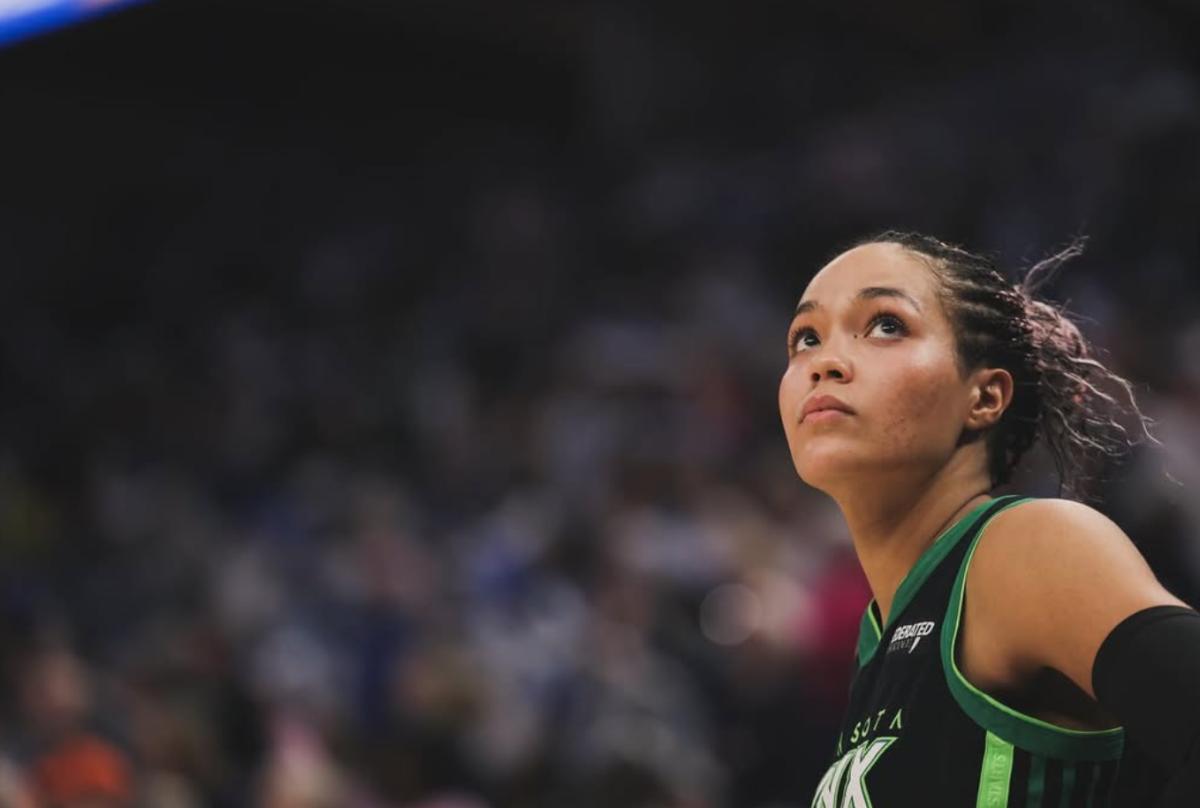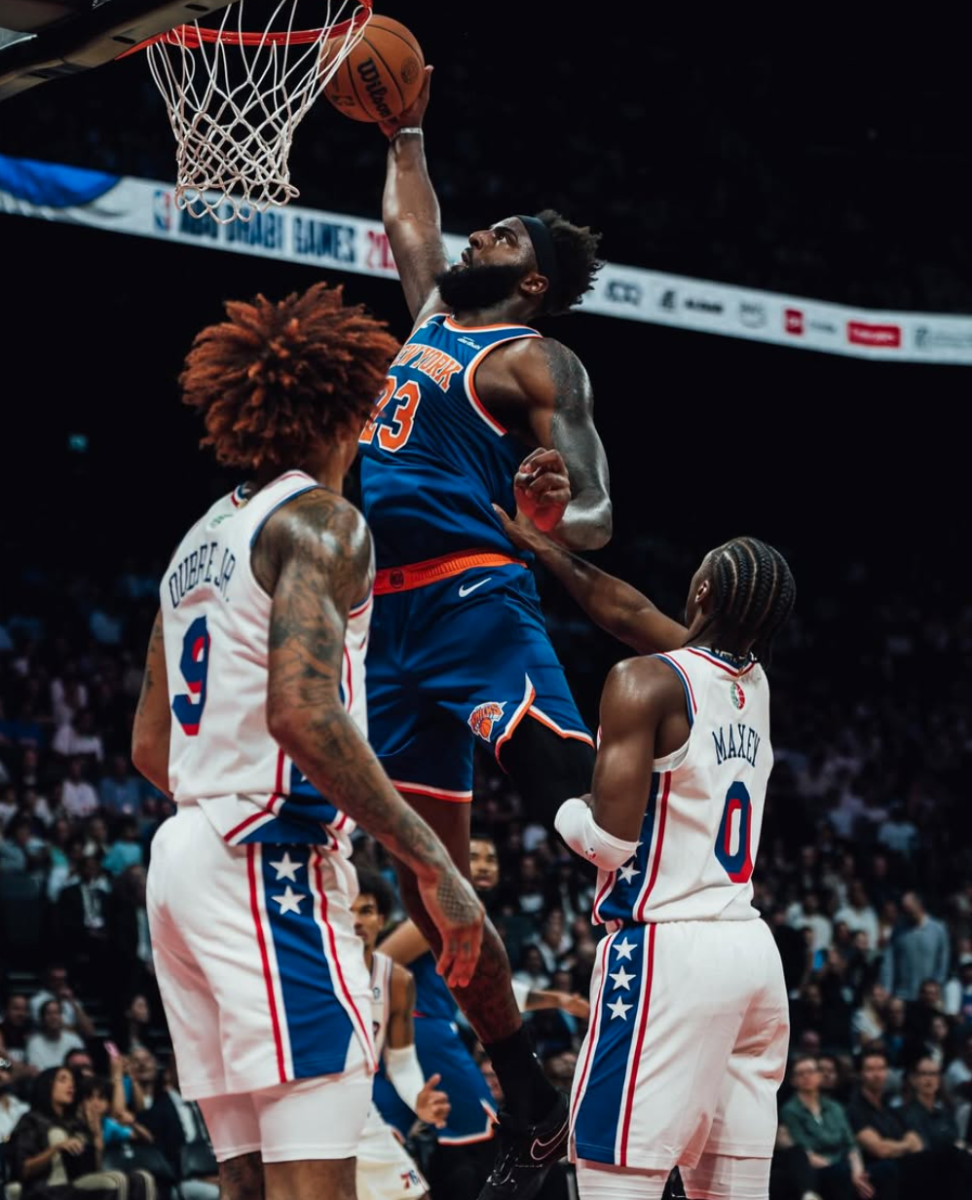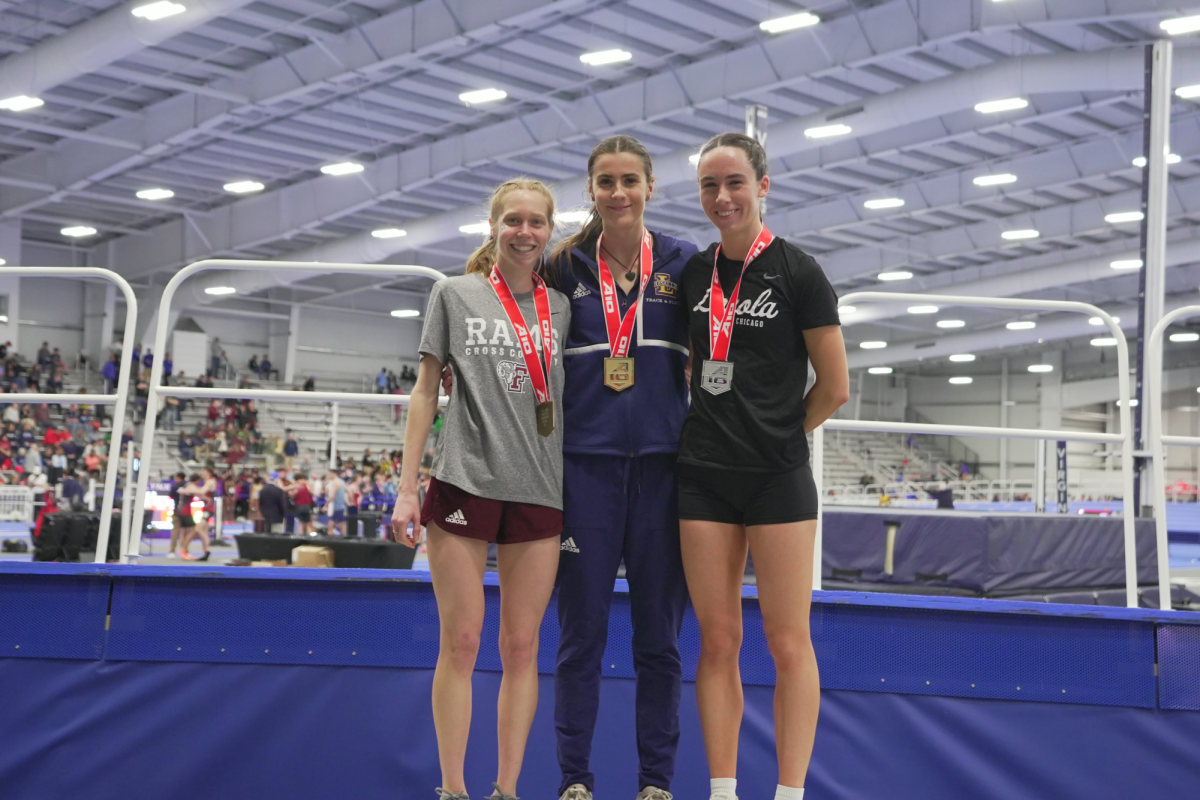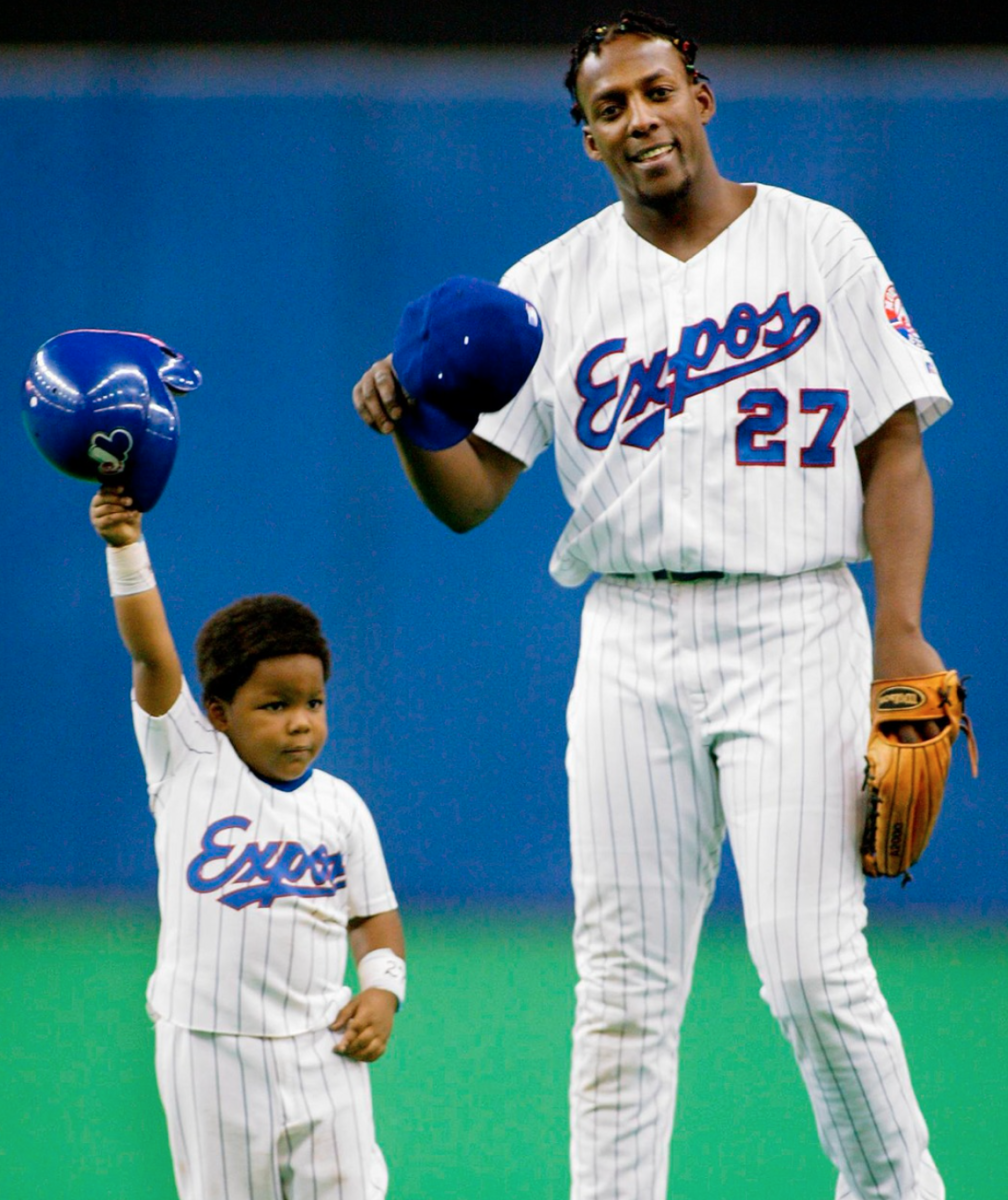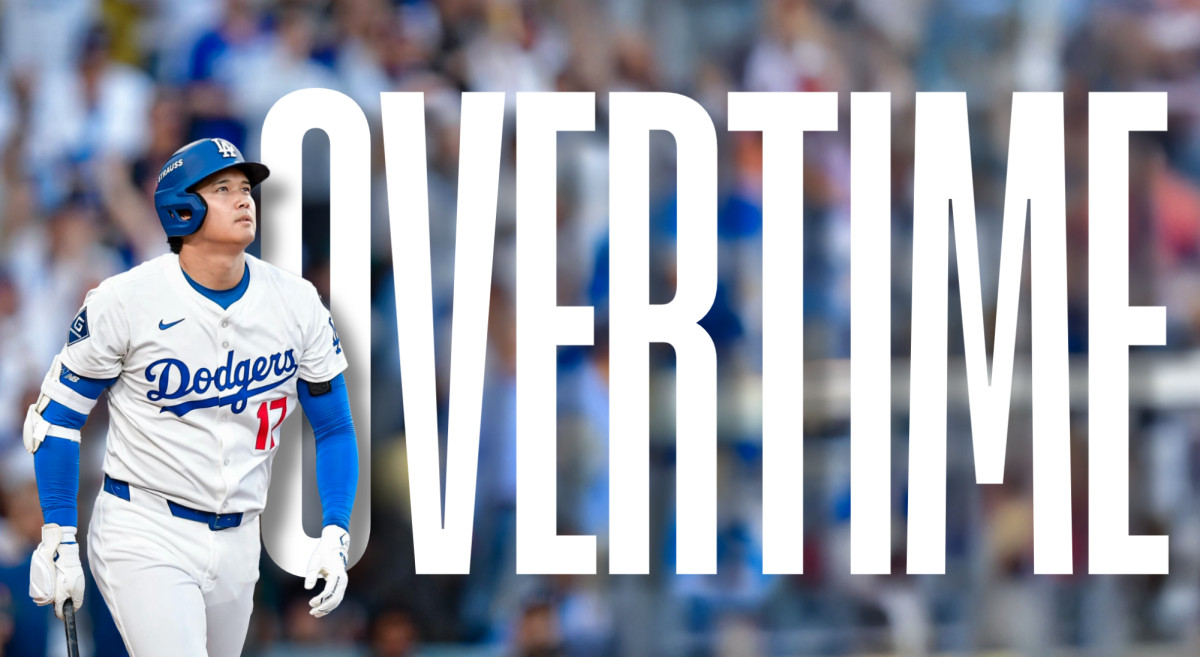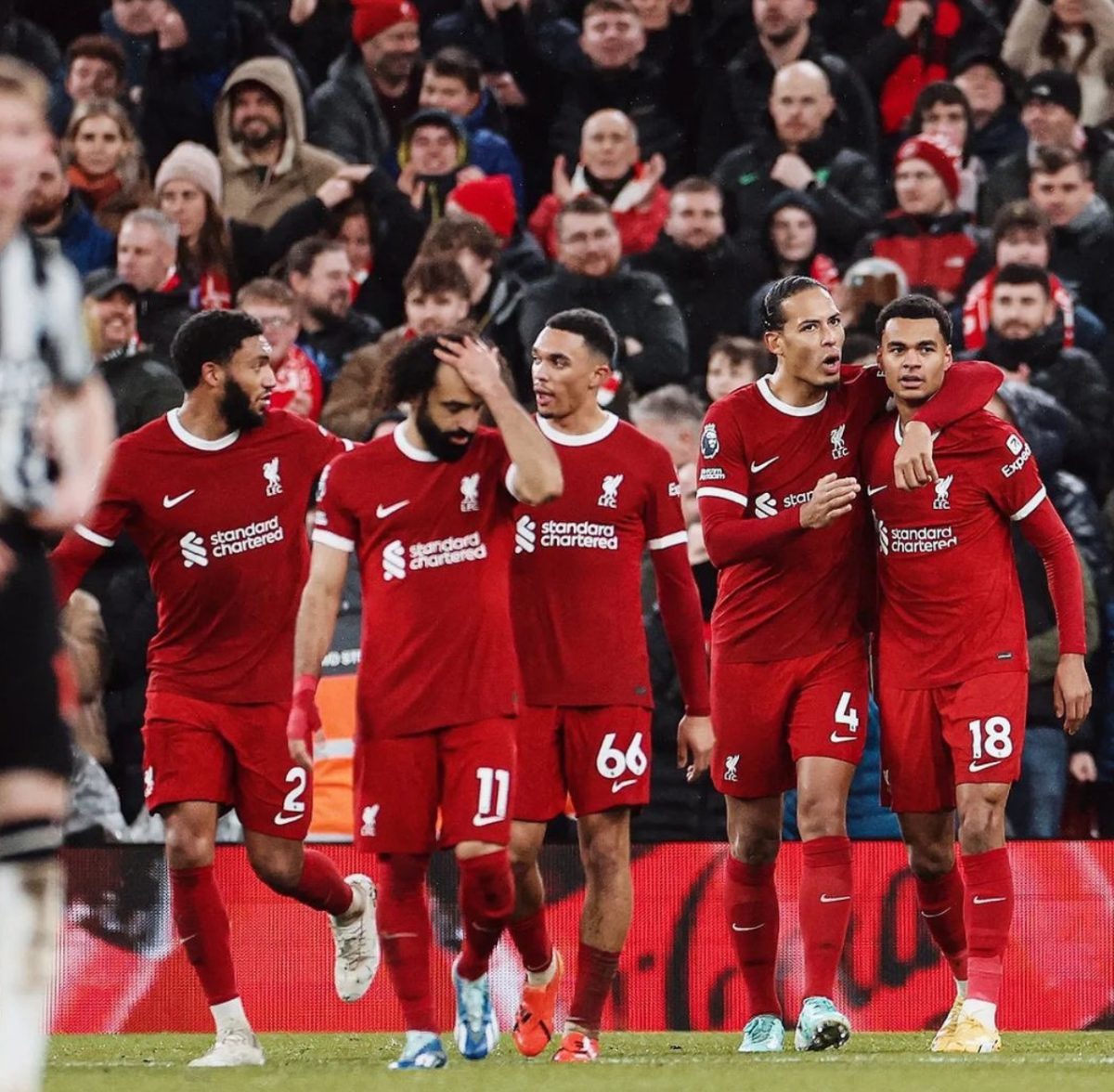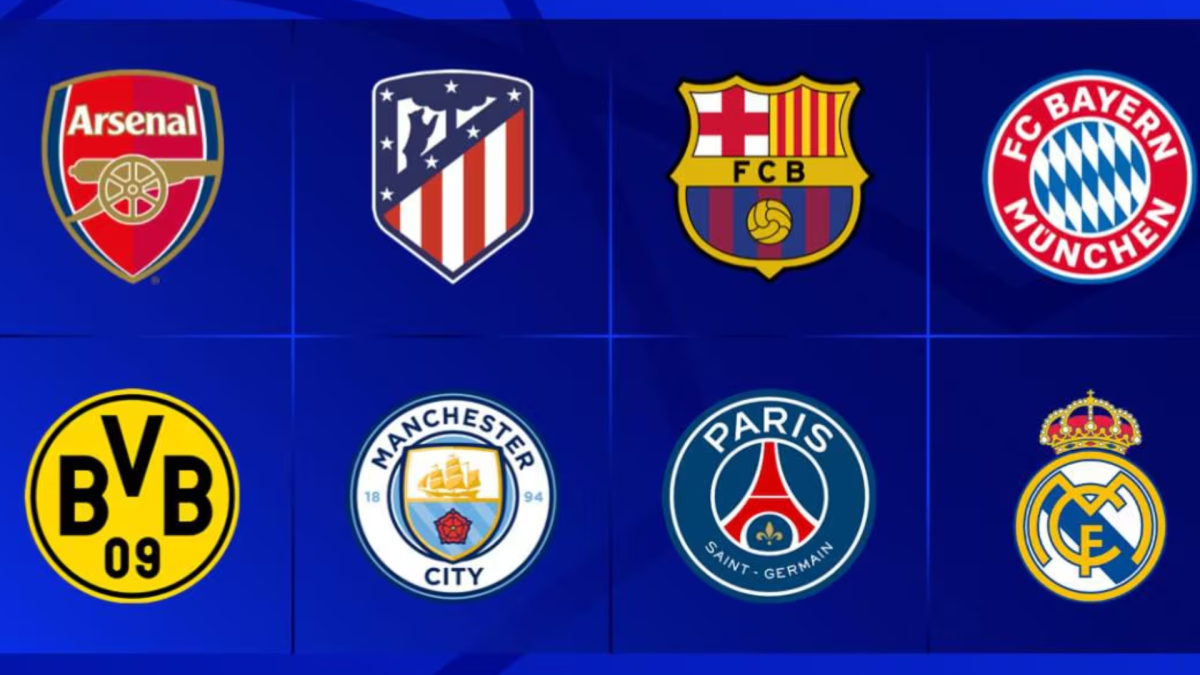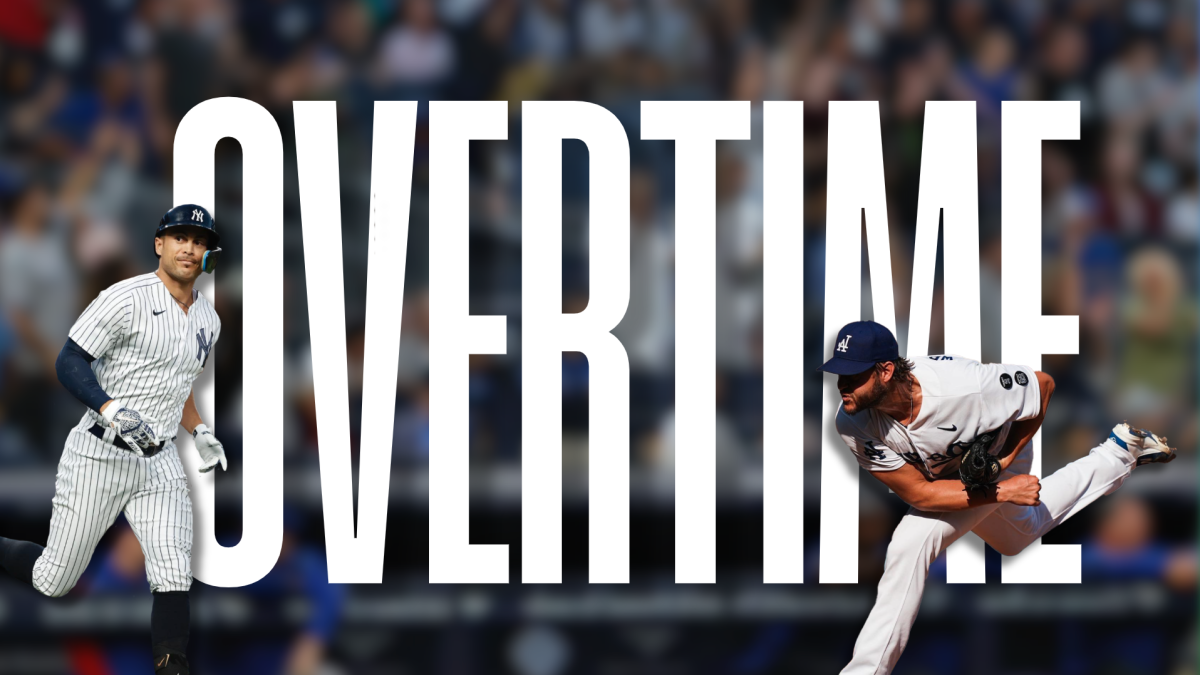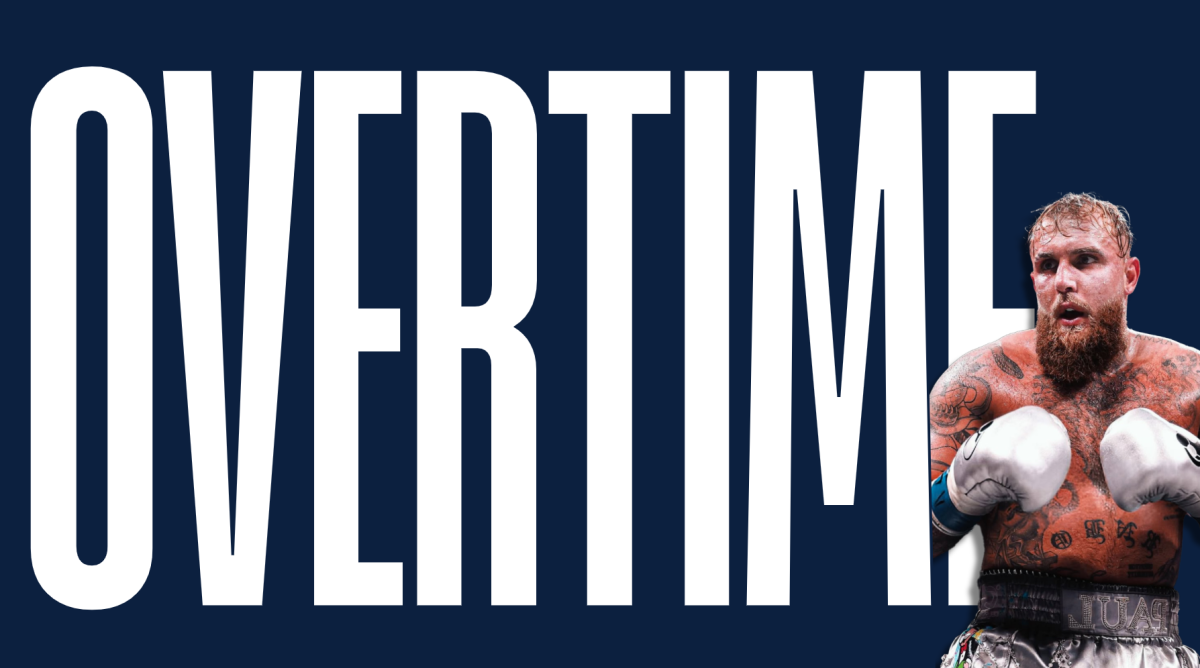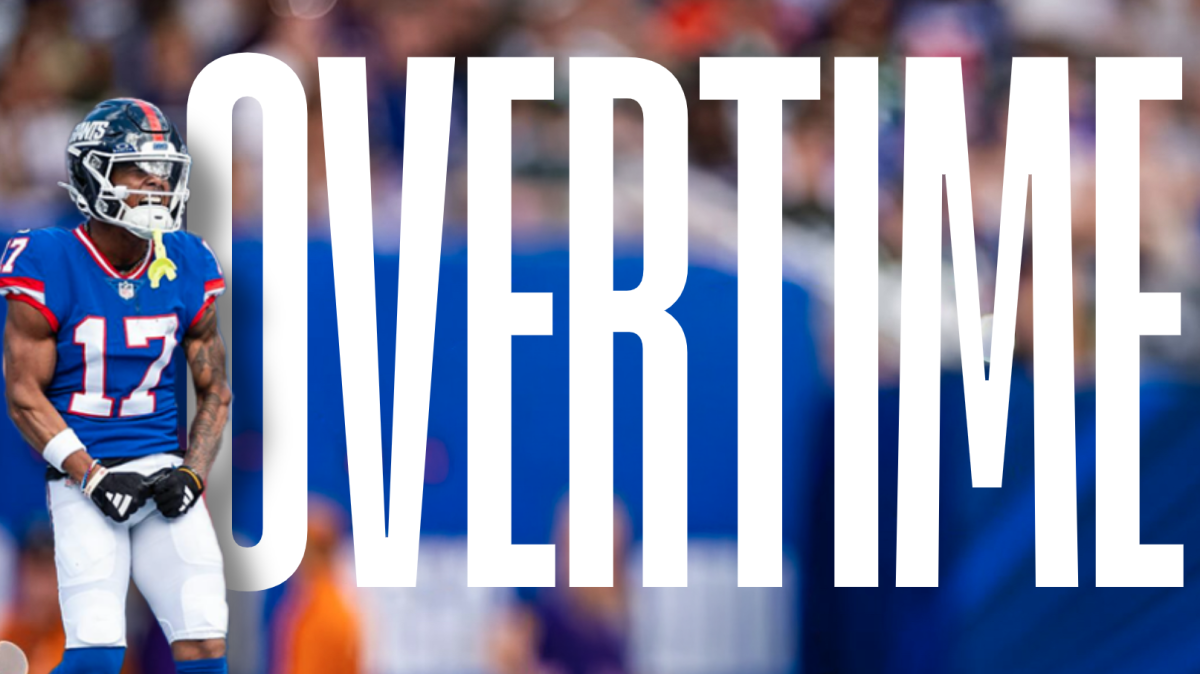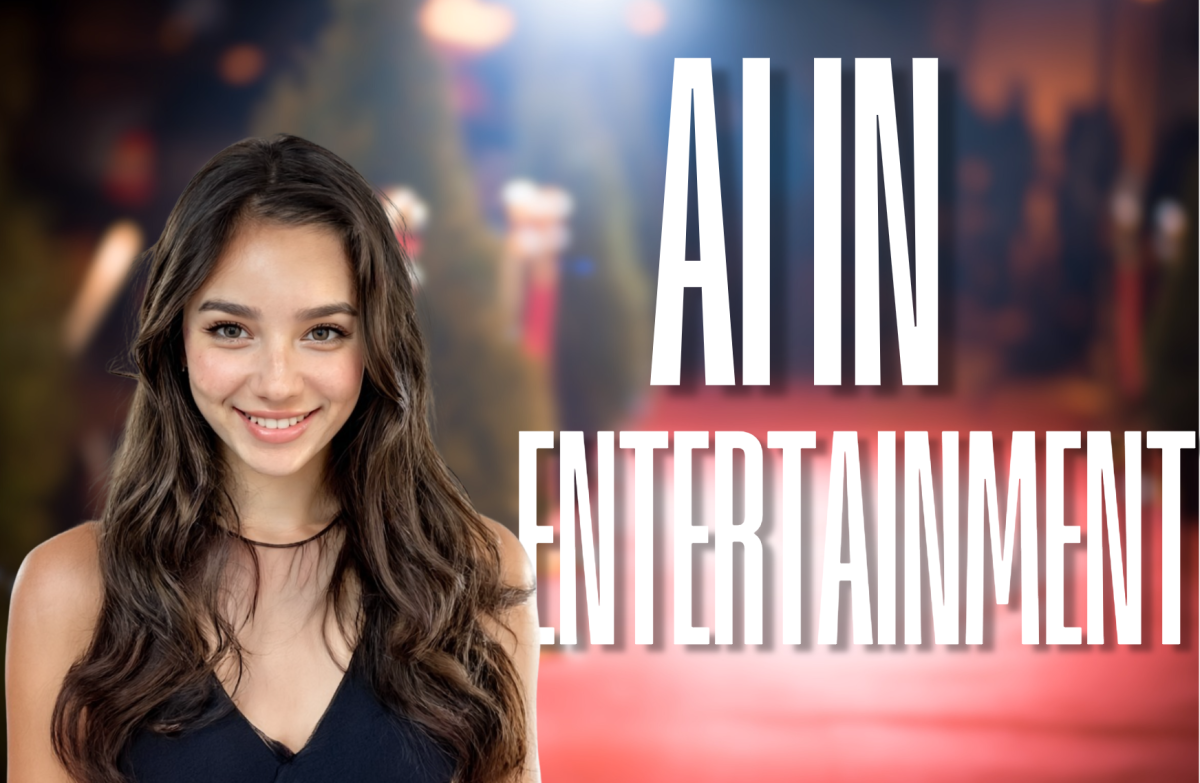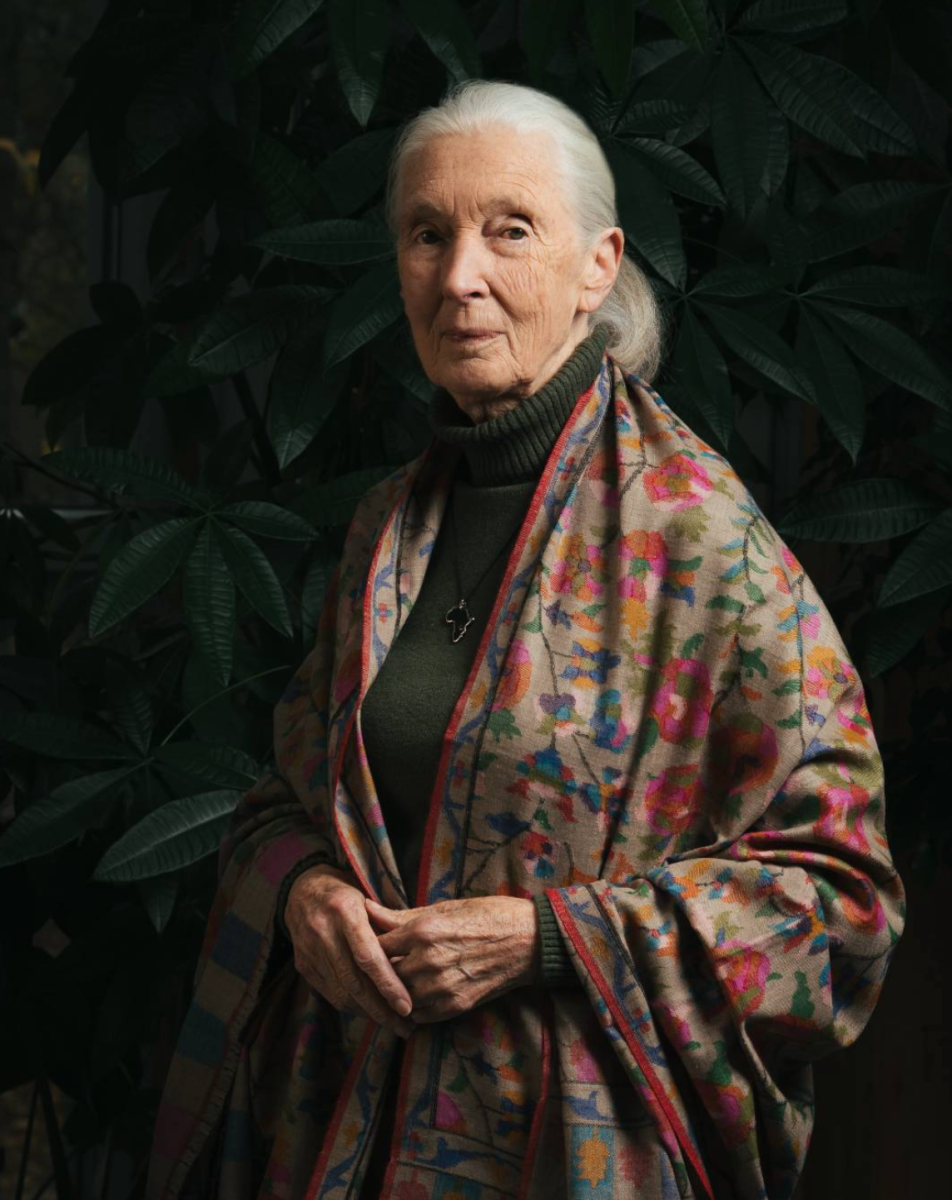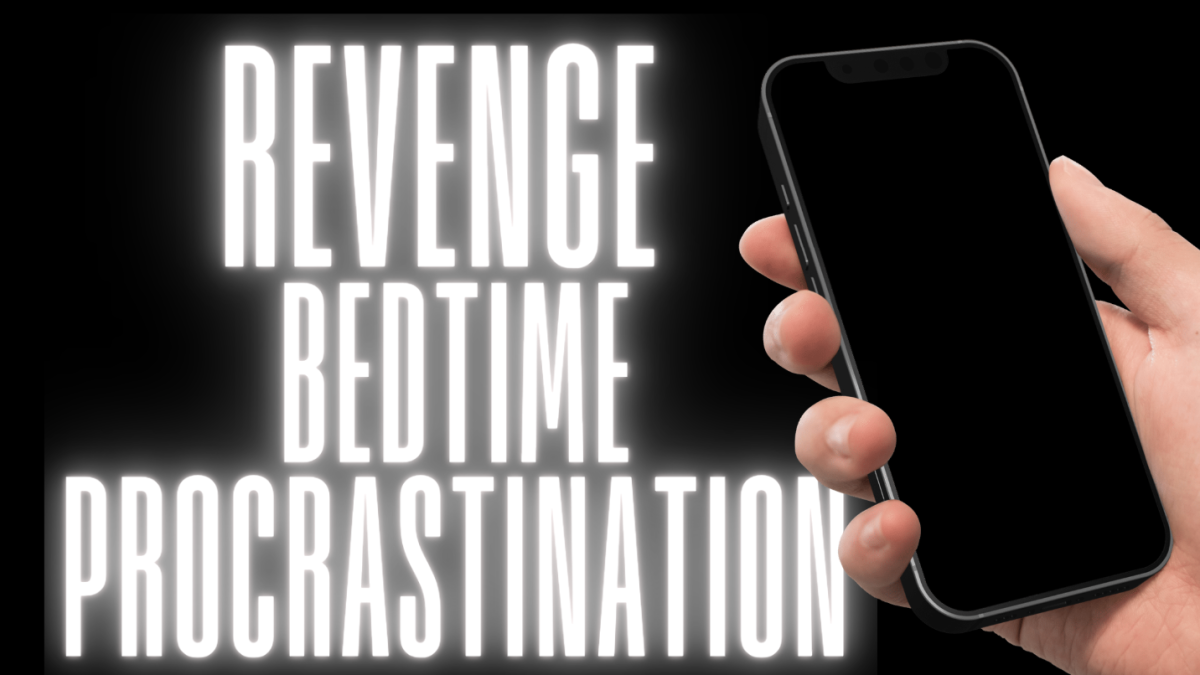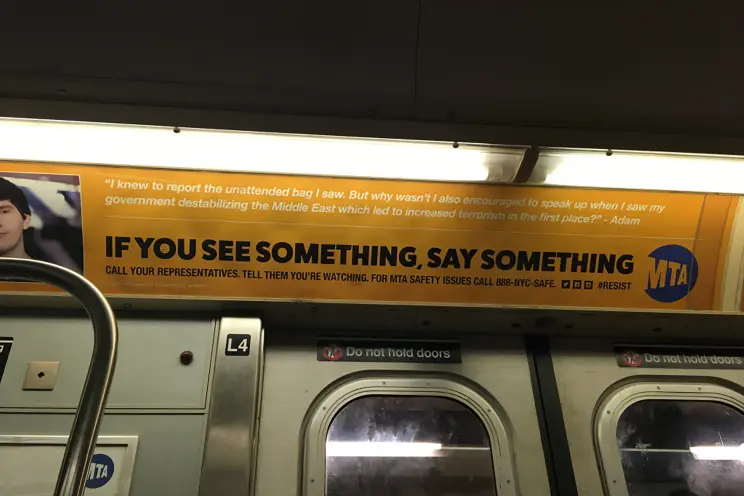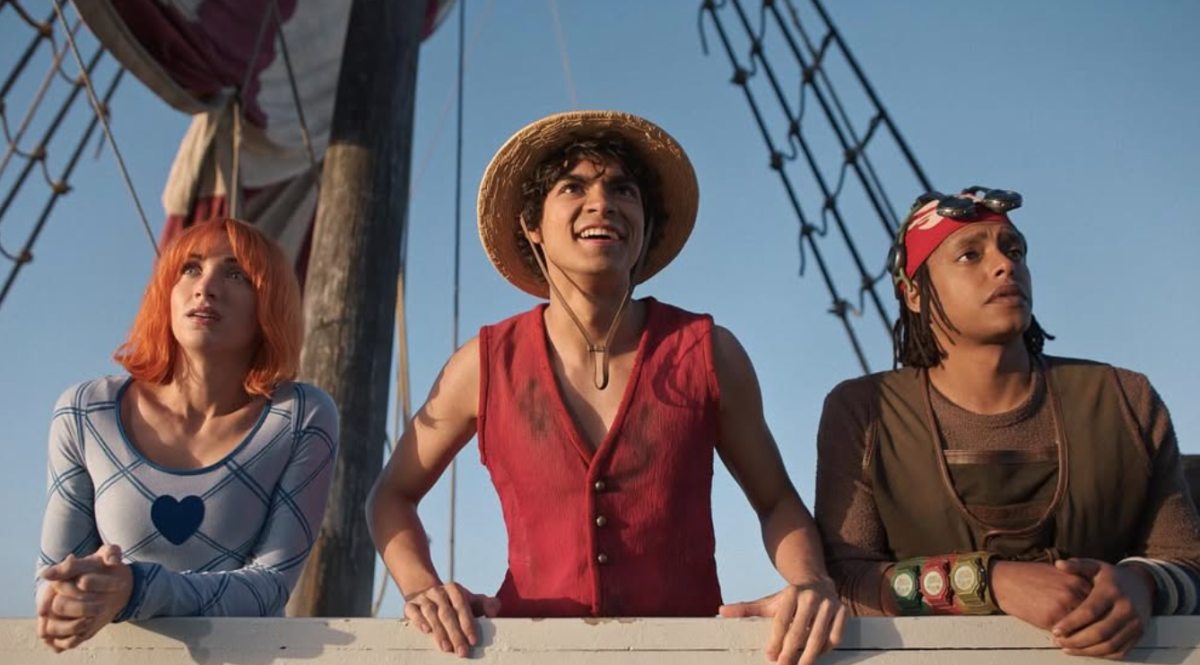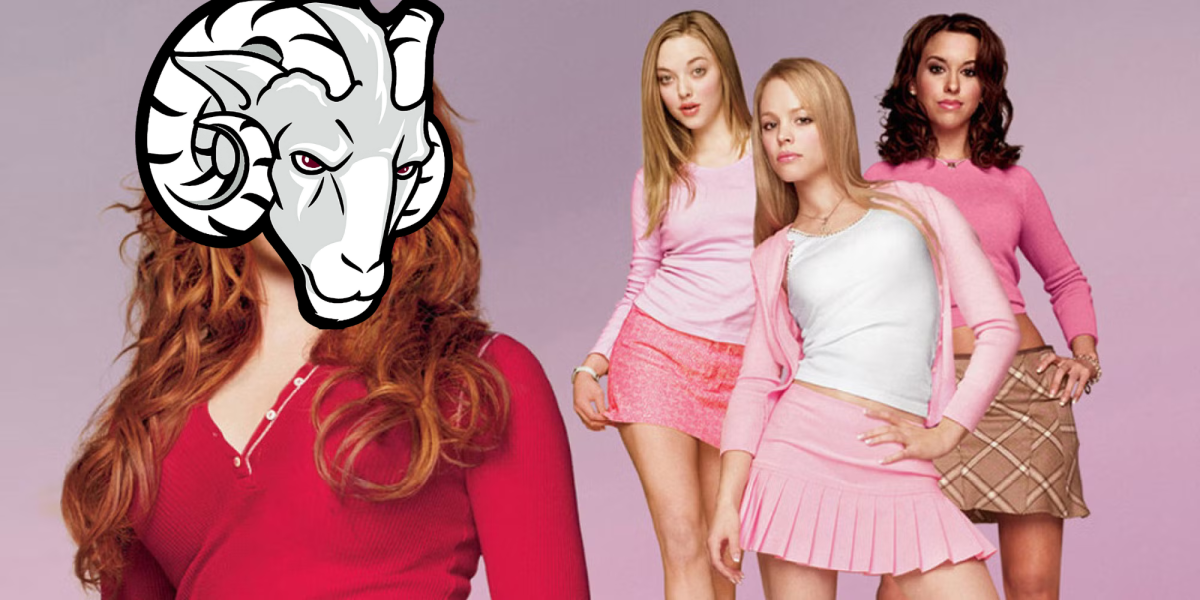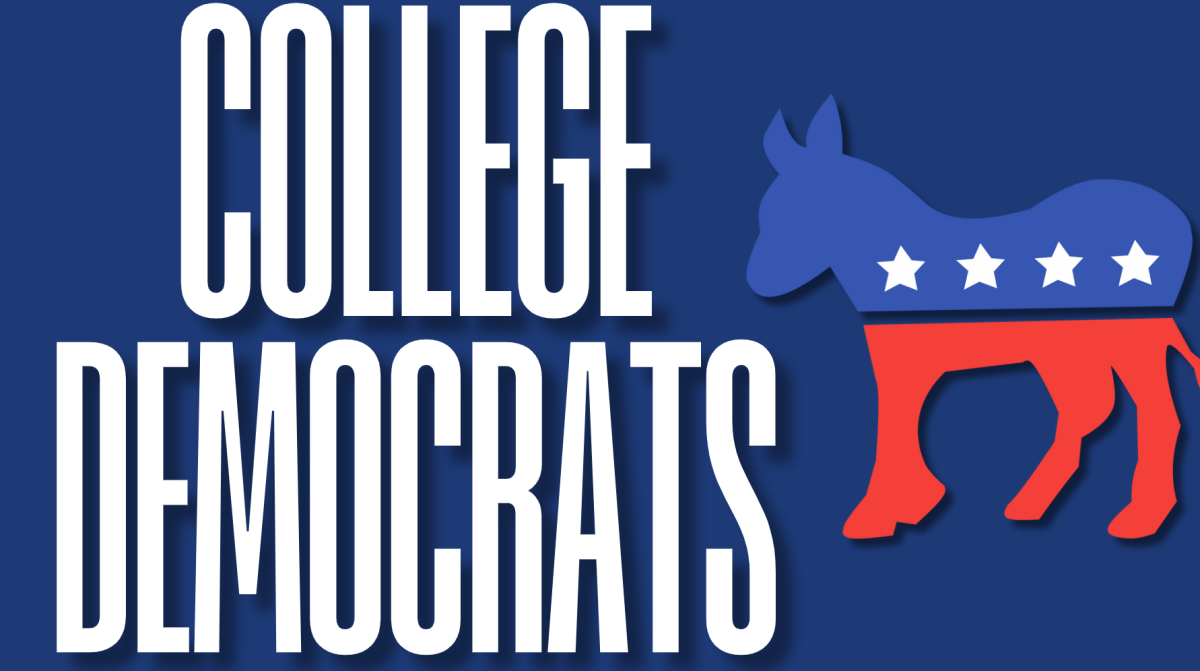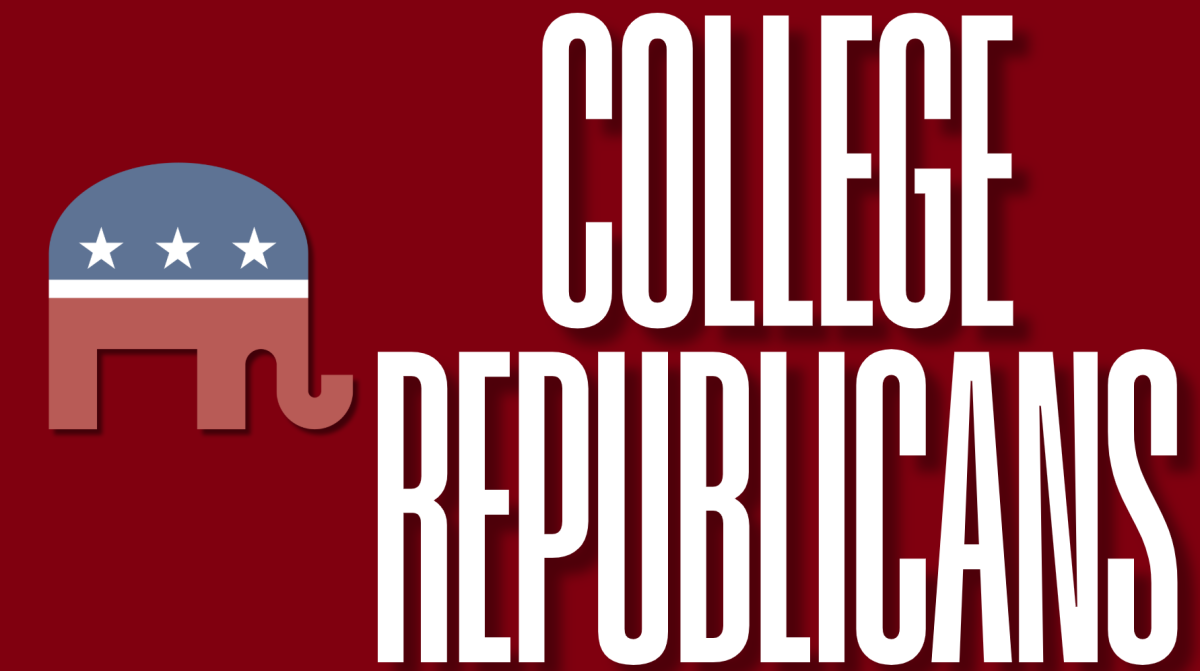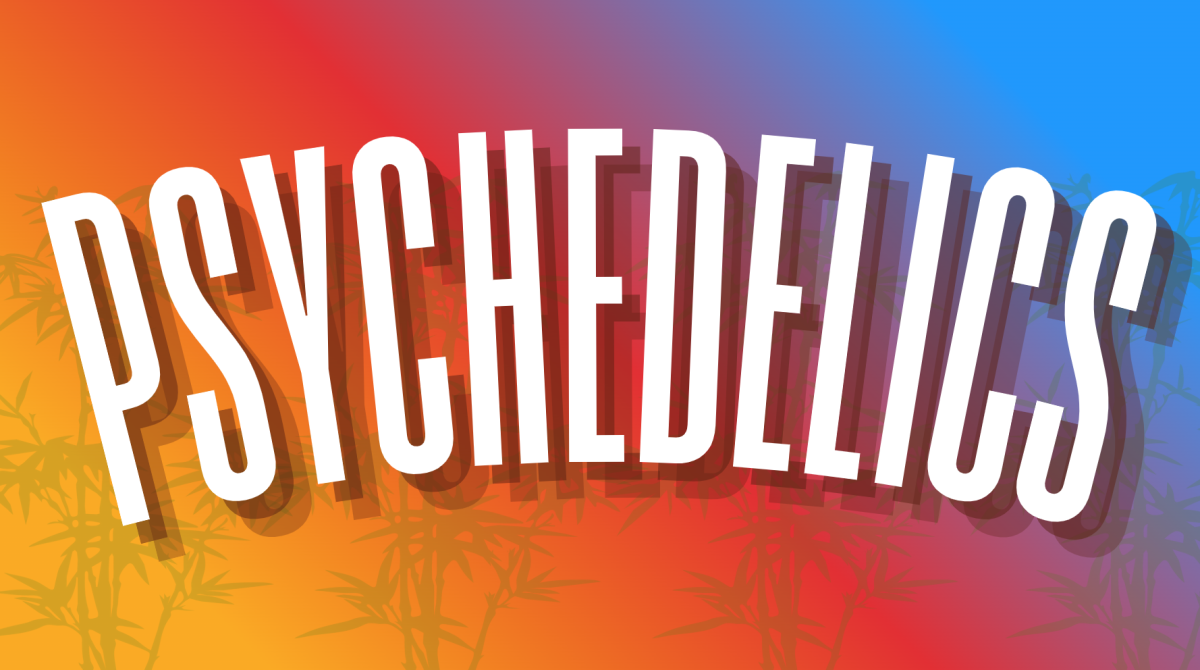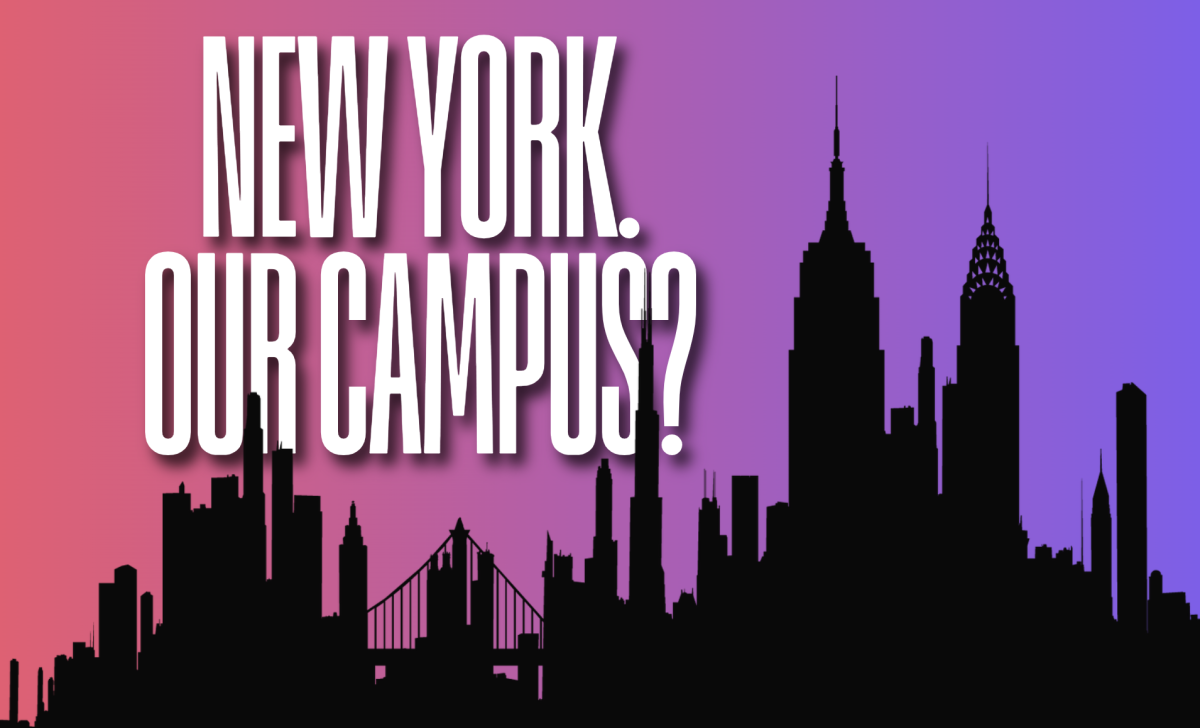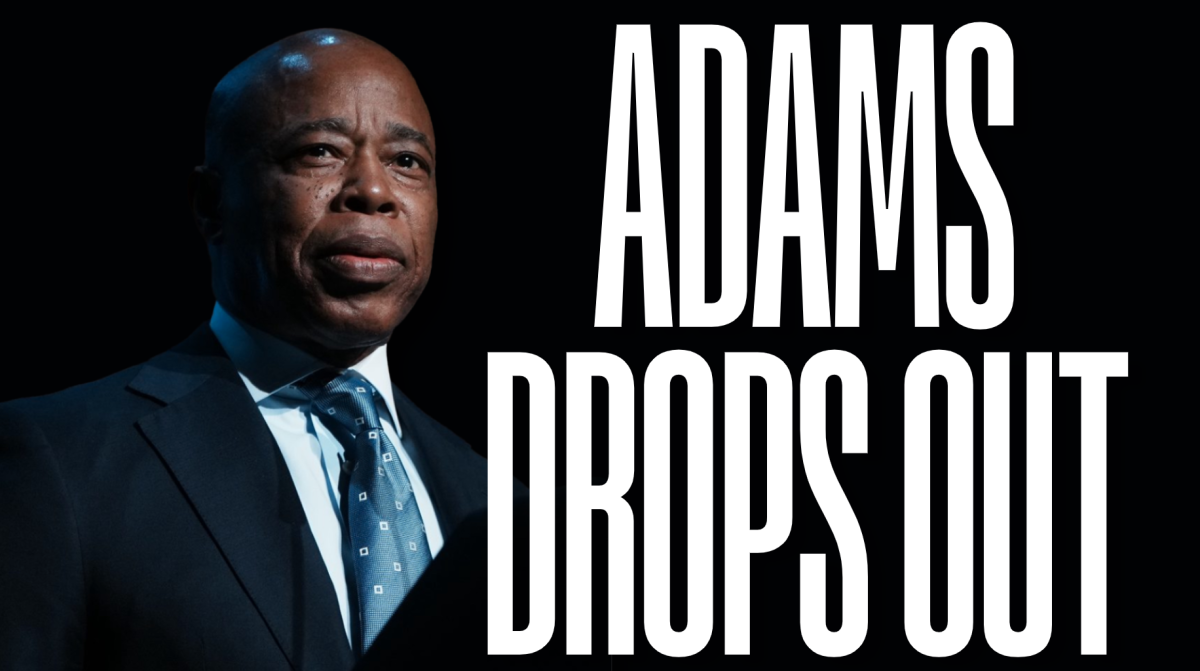If you’re a fan of going to the movies to watch a summer blockbuster or a well-anticipated Martin Scorsese film, you should be familiar with Computer-Generated Imagery (CGI).
CGI, arguably made most famous for how it was incorporated into James Cameron’s “Avatar” (2009), is the use of computers to craft three-dimensional graphics and the application of them into a frame-by-frame form that distorts the line between reality and imagination.
So many movies have used CGI. From Bill Nighy’s portrayal of Davy Jones in the “Pirates of the Caribbean” movies, to the ocean backdrop in “The Life of Pi” (2012) to the intense and desolate scenes on Arrakis in “Dune” (2021), CGI is something that audiences are most familiar with and enticed by.
However, the playing field is being elevated with the introduction of AI into the production of films. By all means, the incorporation of AI into storytelling is incredibly exciting because it is just the improvement of CGI to a new extreme.
If you were a fan of the yearly “Star Wars” films that were produced in the back-half of the 2010s, you might recall that despite the death of the actress Carrie Fisher, her likeness was reproduced and used in two films, once in “Rogue One” (2016), and again in “Star Wars: The Rise of Skywalker” (2019).
However, what was most unique was that despite Fisher’s passing, she appeared in one film as a younger version of herself and again as she had then-recently appeared to fans in 2017’s “Star Wars: The Last Jedi.”
While Fisher’s appearances weren’t completely produced through the use of AI, and could be better credited to “de-aging,” the use of shelved outtakes from prior films, and some “digital wizardry,” it was one of the first introductions audiences had to the capabilities of applying computer usage into films.
When it comes to AI, it’s no different than CGI in a way. It is computers working to enhance films to captivate audiences.
In fact, what’s most astonishing about AI is how accessible it is to anyone with a phone or a computer. Yet, at the same rate, it is somehow less astonishing than how a production team with a multi-million dollar budget applies CGI to films to distort actors’ appearances or the backdrop of some scenes. Regardless, using AI to make clips or scenes is something that seemingly anyone can do.
Take, for instance, how OpenAI allows users to create scenes or videos by simply typing out detailed or vivid requests for what they want to see and watch.
Sora, OpenAI’s video generator, even allows users the option to request generated videos that feature copyrighted material.
While it sounds controversial, especially if you’re a copyright holder, fans of stories like “Star Wars” have been jumping on the opportunities that AI now presents.
In one AI-generated video uploaded to TikTok, the masses were introduced to a fan-created scene of an alternative moment in “Star Wars” where Darth Vader and Liam Neeson’s Jedi Master Qui Gon Jin meet. In another, fans get an AI-generated snippet of a duel between an unnamed Jedi and Sith on a floating platform with an incredibly vast background.
One user on Reddit has even uploaded an 11-minute-long fan film of their own “Star Wars” story that is completely AI-generated.
But the kicker is that these were all so well done that you really wouldn’t know it’s AI unless you were looking for the imperfections that usually come with AI-generated content.
While it might sound corny and nerdy to people who aren’t massive “Star Wars” fans, you don’t need to be a fan to get excited about how AI, with the backing of unlimited funding that production studios could put up, has the potential to bring impossible dreams and visions of directors to life.
The sky is quite literally the limit.
Imagine sitting in a theatre and watching a remastered version of “Lawrence of Arabia,” where, through the assistance of AI, it is sharper, more vibrant and extended. Or, think of how a production studio could gain the rights to novels and books that never had movies made out of them, produce them with AI at a fraction of the cost that it would take to hire actors and teams and deliver book-accurate films on a frequent basis.
However, on the other hand, there are potential dangers that come with AI.
While we haven’t seen too much AI incorporation into cinema, people are already excited.
Meta has even recognized this and has announced this year that it is launching “Vibes,” an Instagram-like feed that shows users AI-generated content and videos. Meta claims that it is “designed to make it easier to find creative inspiration and experiment with Meta AI’s media tools.”
On the one hand, it is a positive force that is going to expose audiences to the blue skies that AI provides. However, on the other hand, Meta hasn’t addressed how it is going to keep users from becoming addicted to the tool; similar to the problems we are already seeing with how some 12-year-olds are addicted to “Fortnite,” or how some grandmothers are glued to YouTube Shorts.
While that potential problem doesn’t necessarily apply to production companies that push out films to AMC or Harkins Theatres, it produces in itself an ever larger problem: desensitization to AI, specifically.
If AI can produce on-demand videos with no limitations, then why would audiences want to get up off their couches and go to the theaters? Better yet, why would they be intrigued to go see a film if they can feed an online review to an AI platform and watch their own version?
While AI might be a 007-level threat, the fact is that for just as many problems it might present, the benefits are extraordinary.
Michael Duke, GSB’26, is a business administration major from Scottsdale, Arizona.

